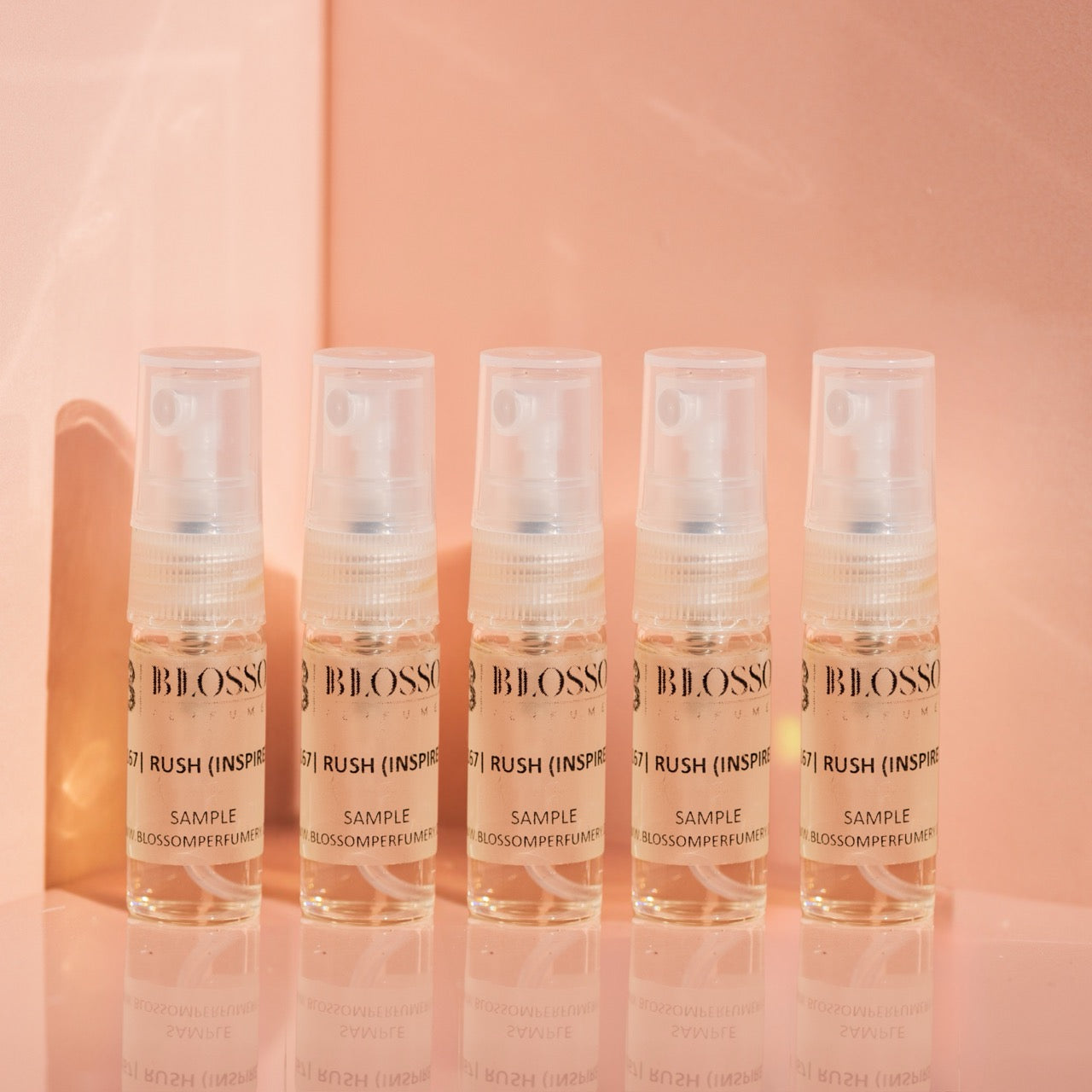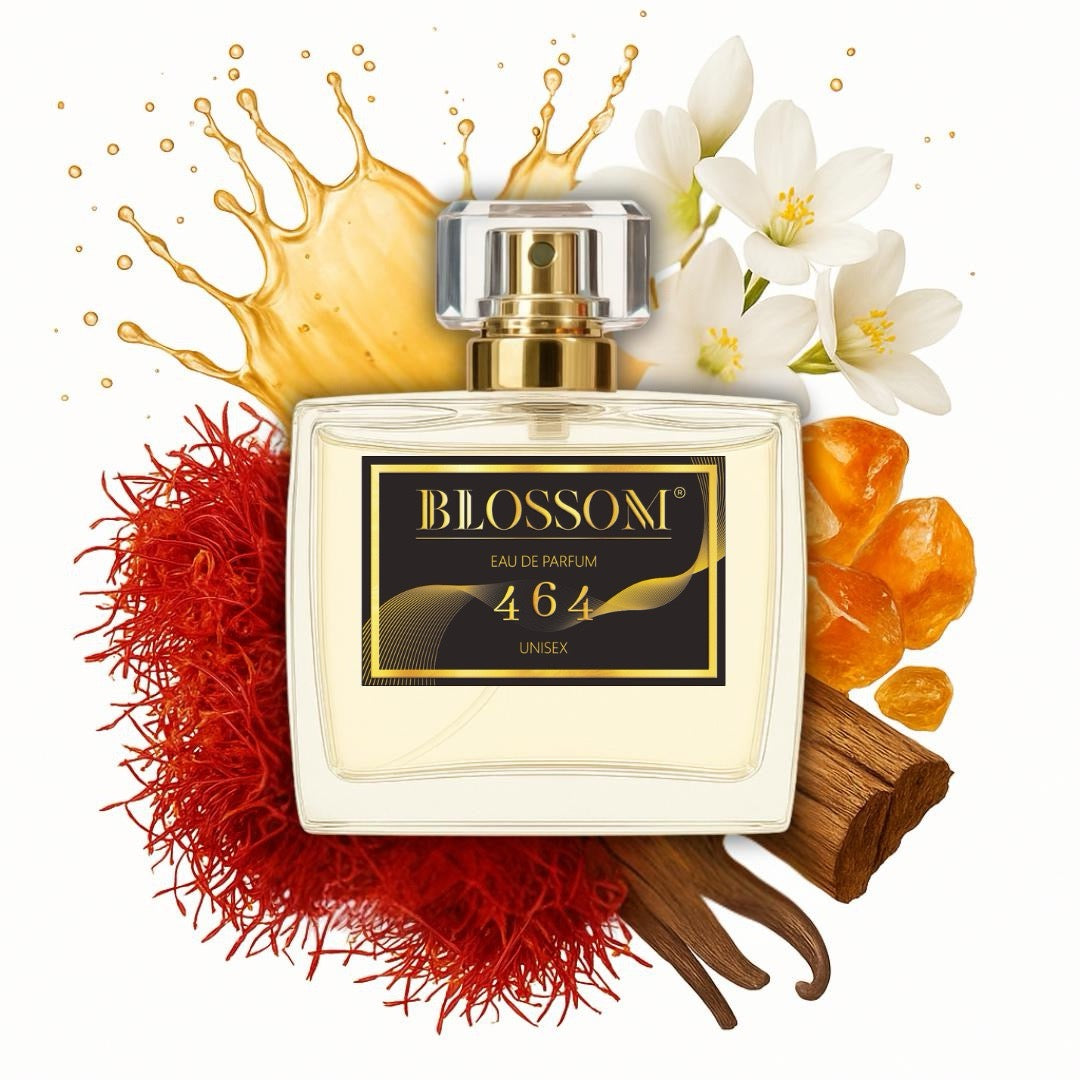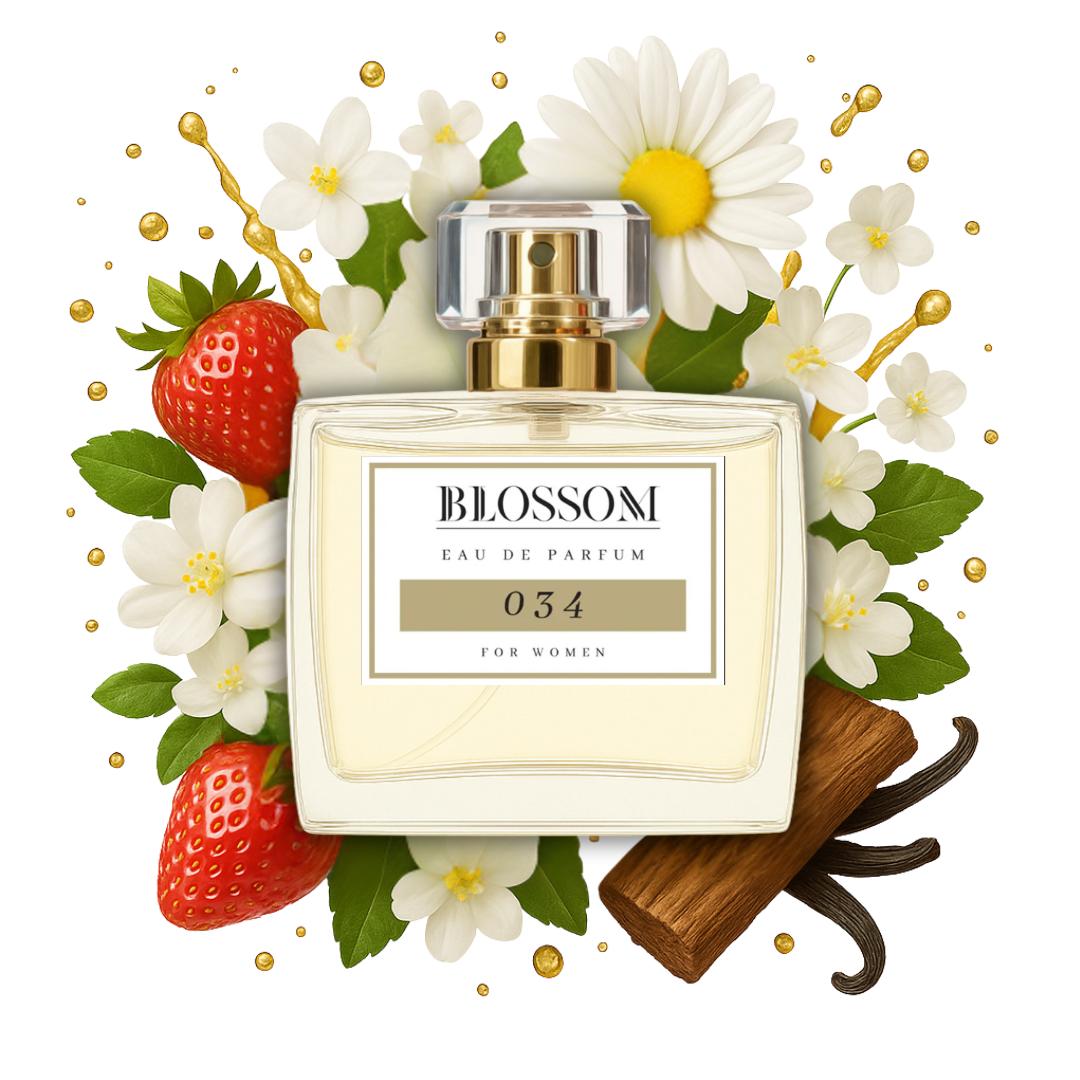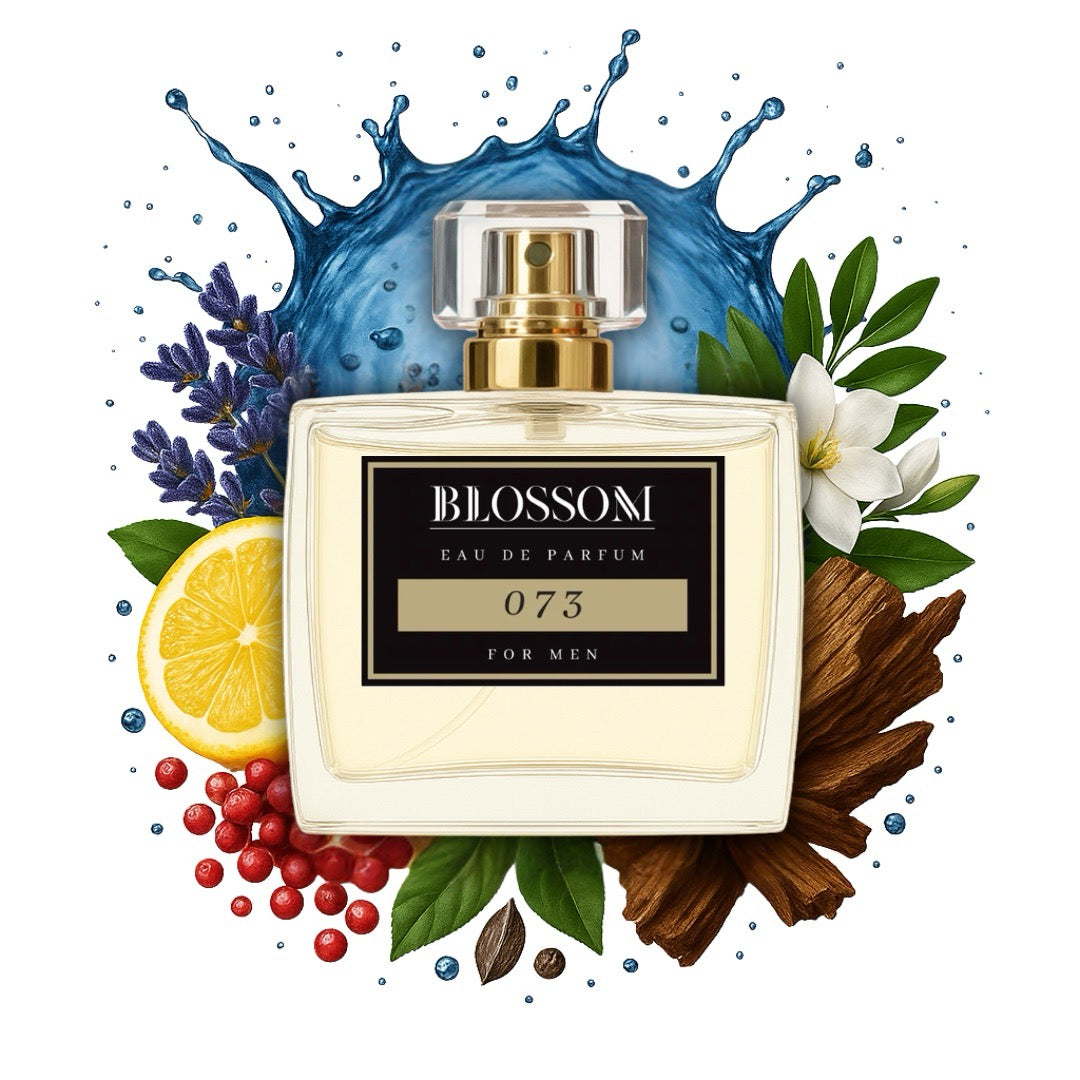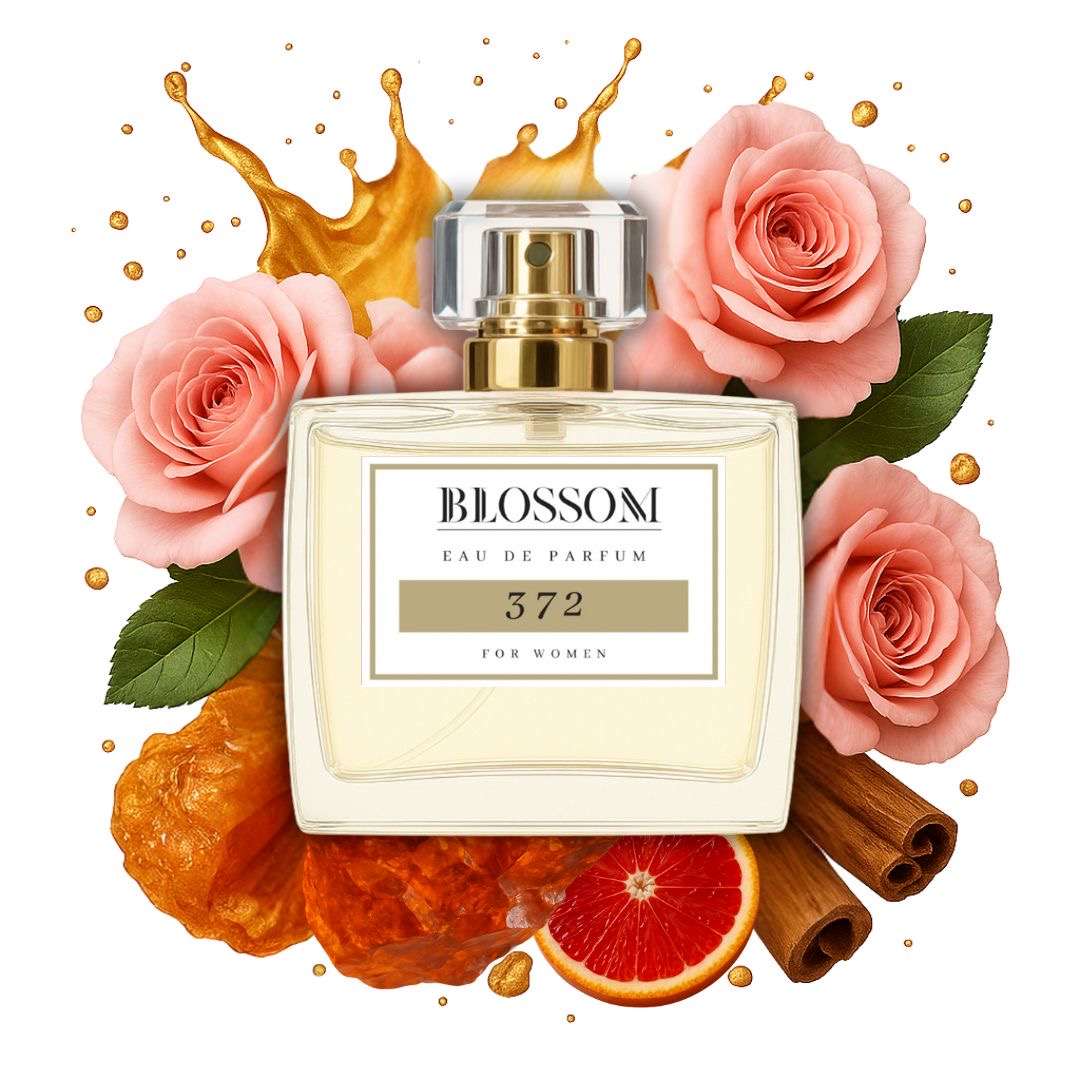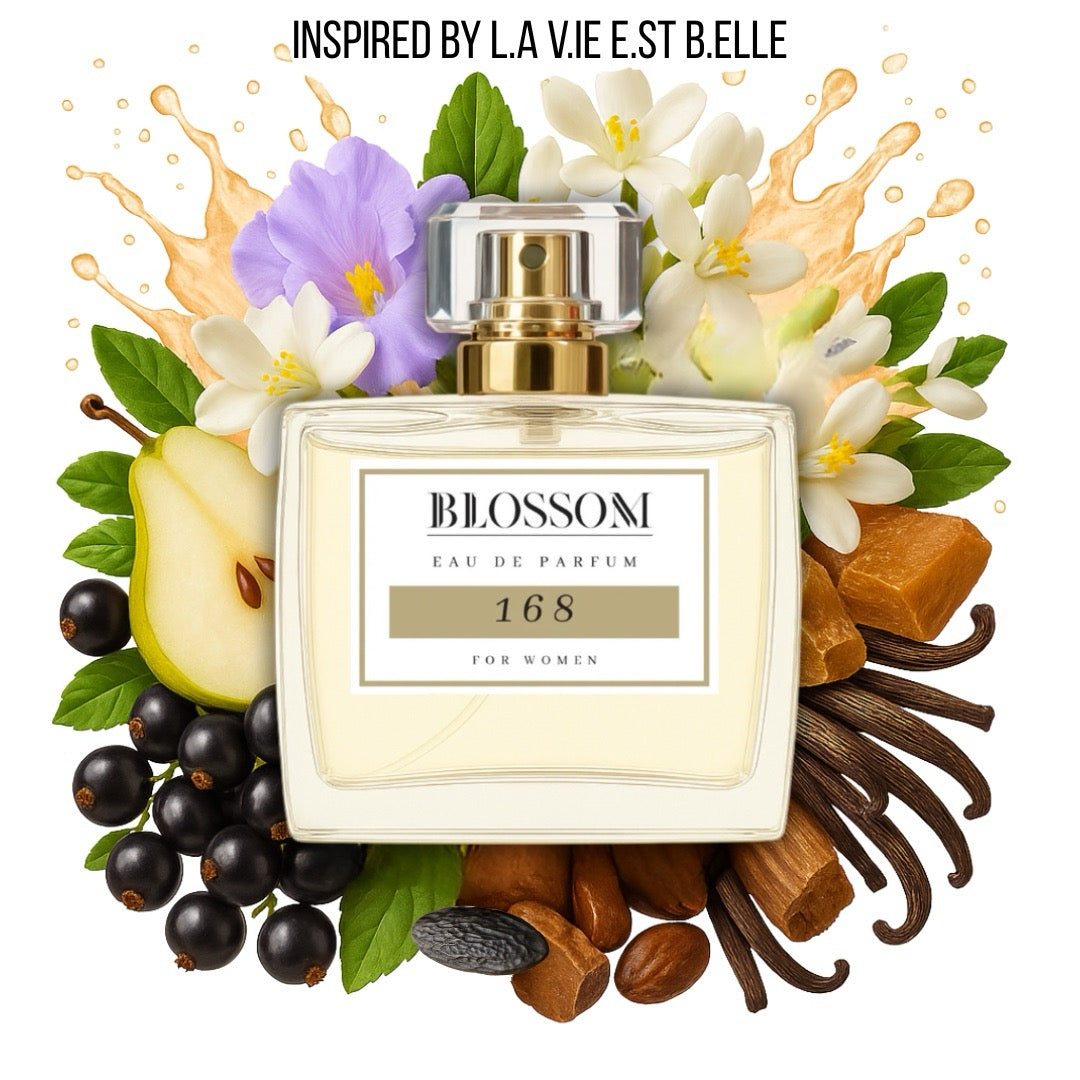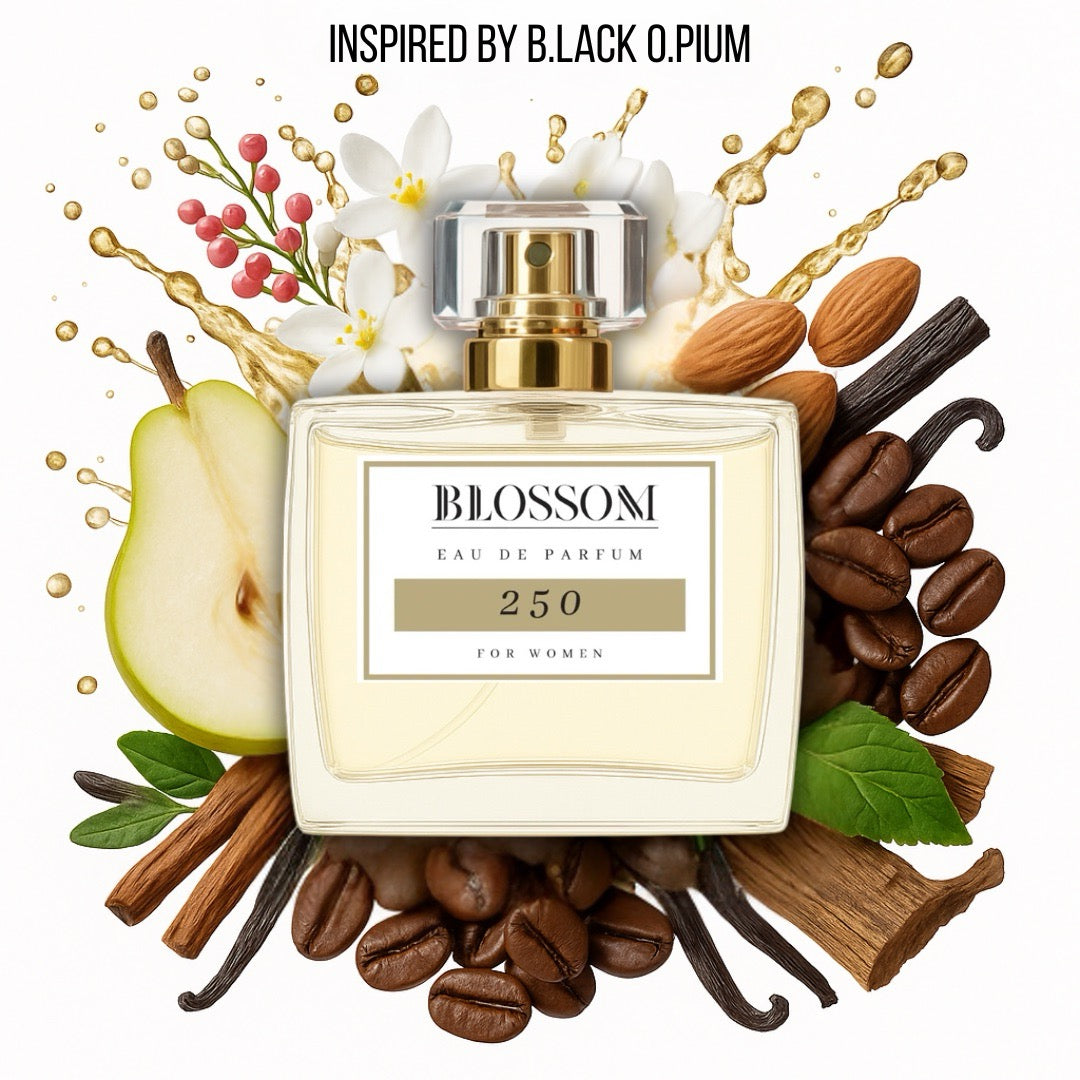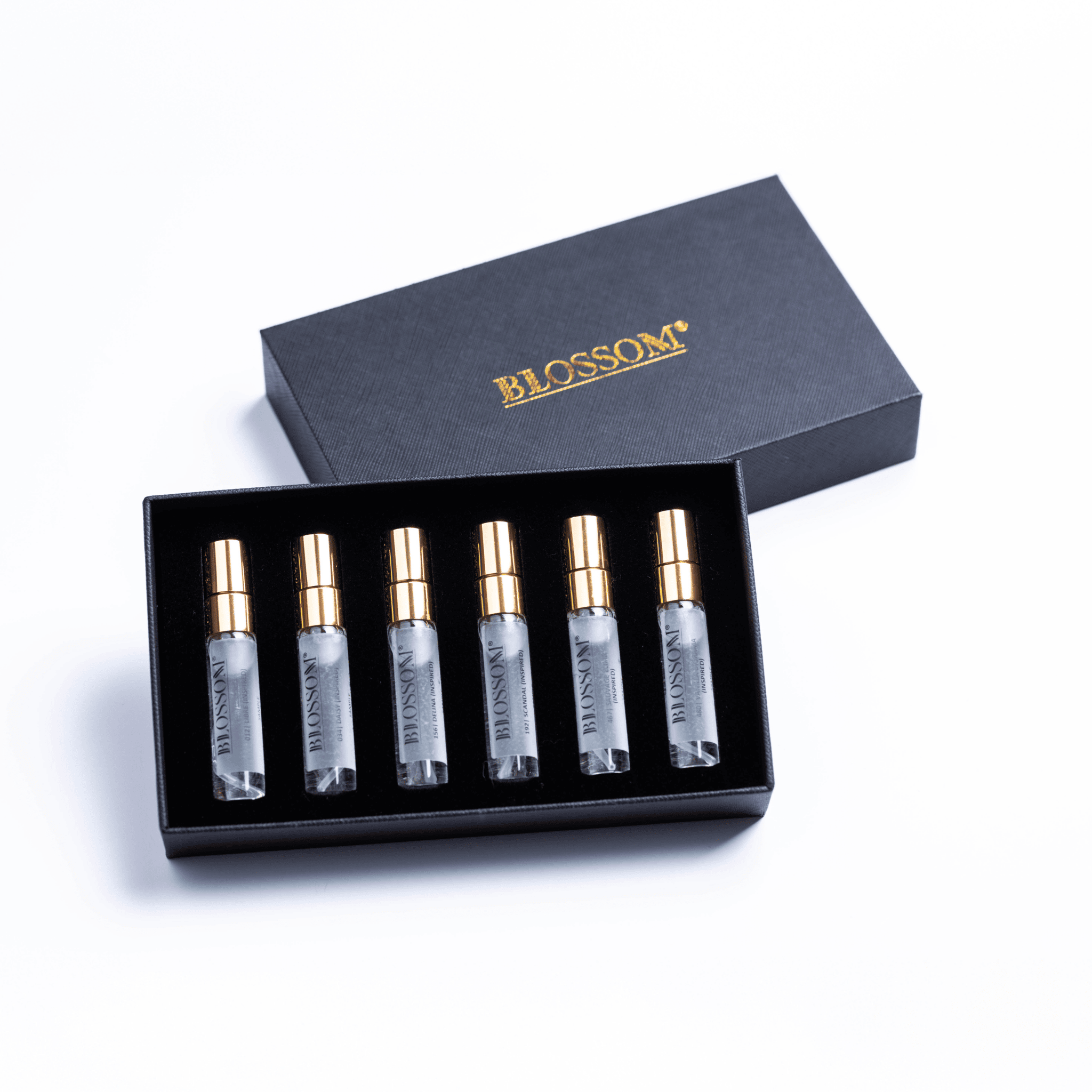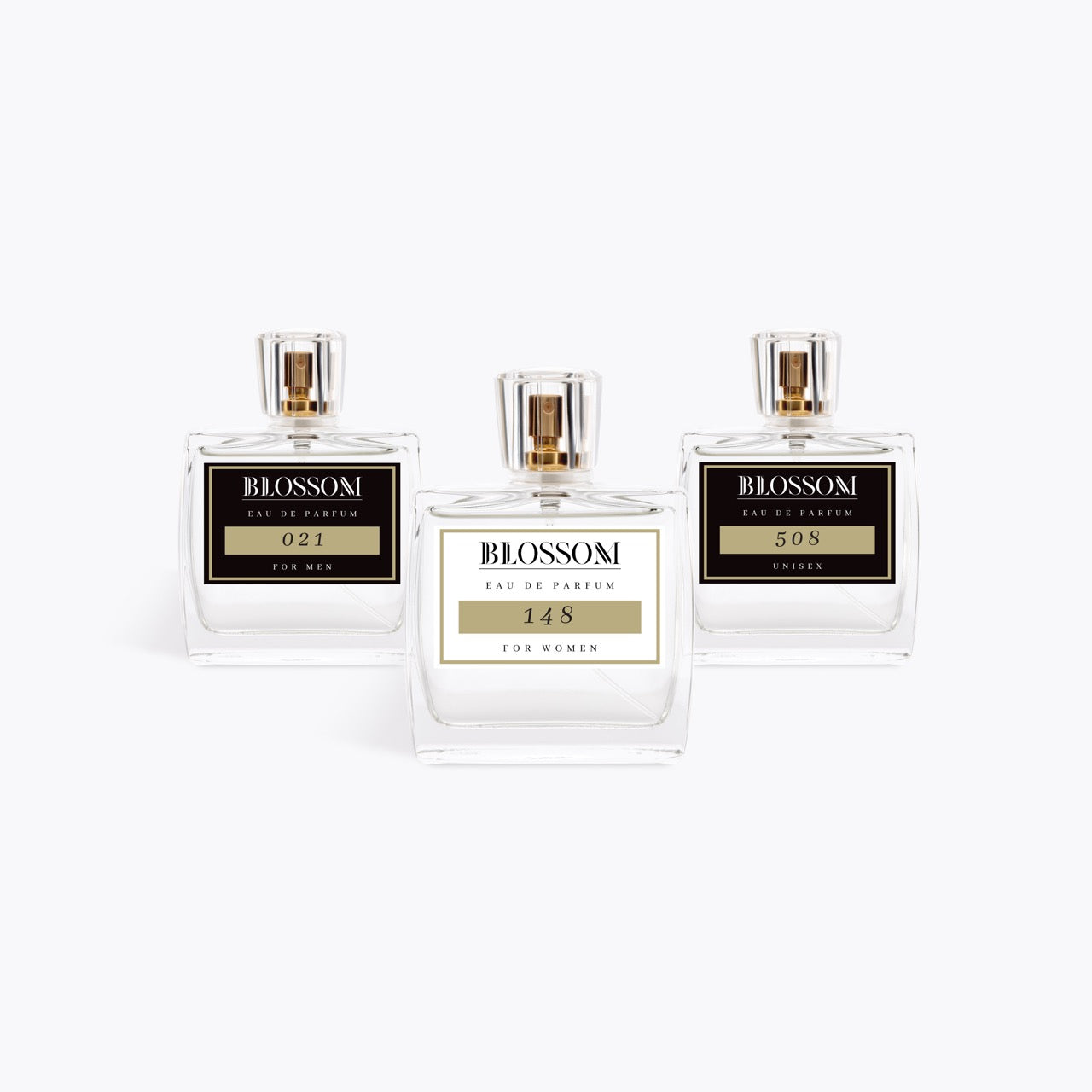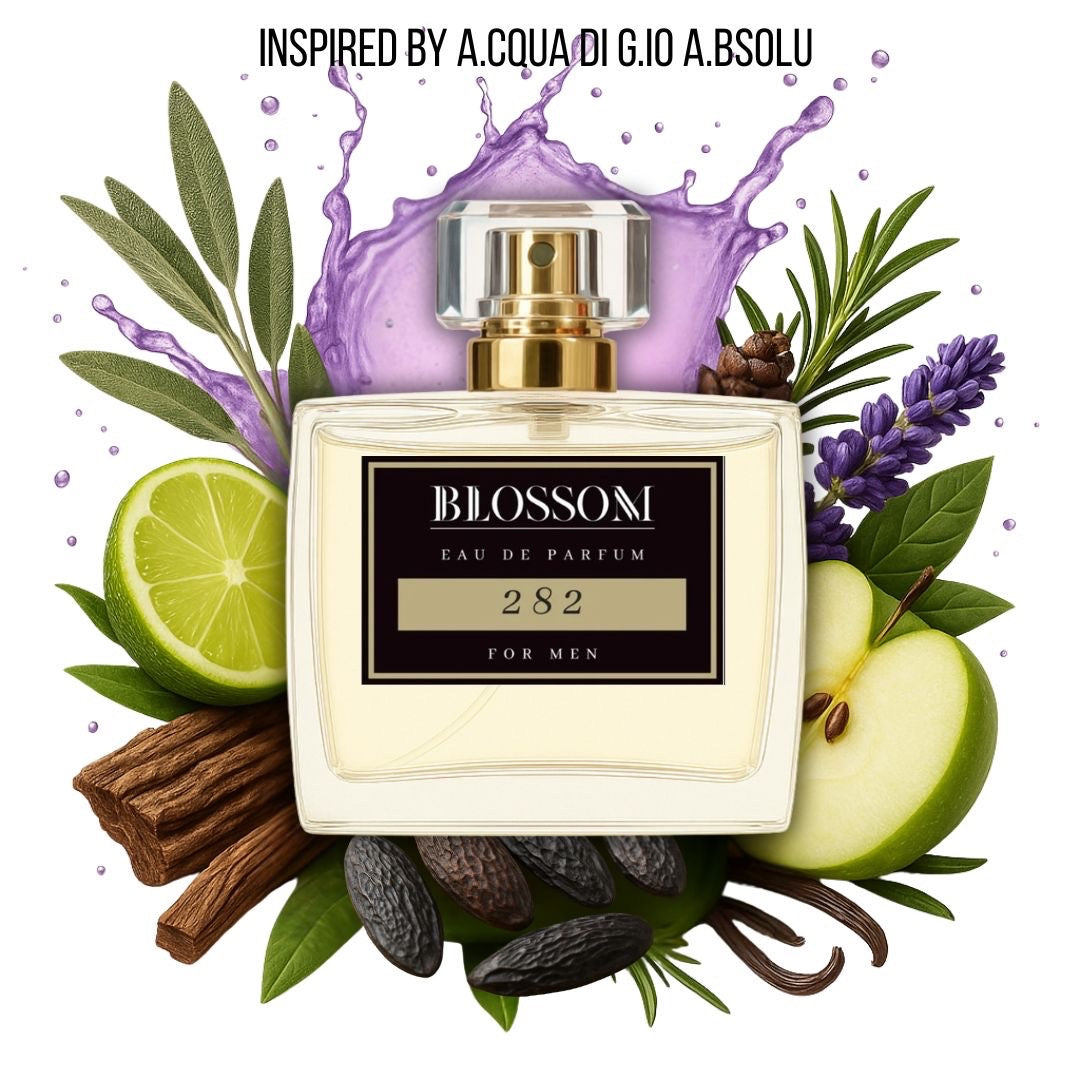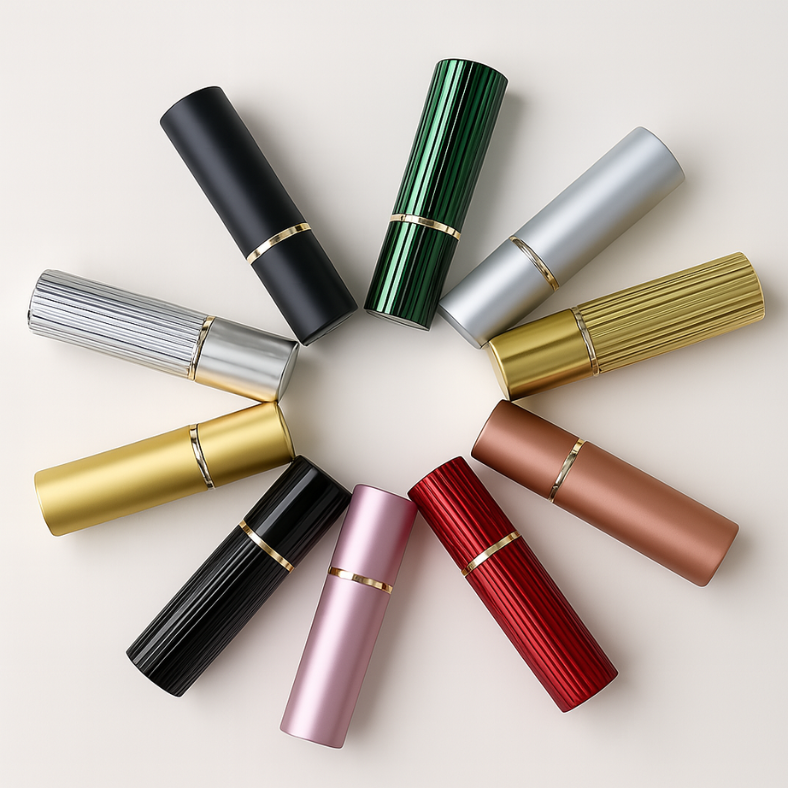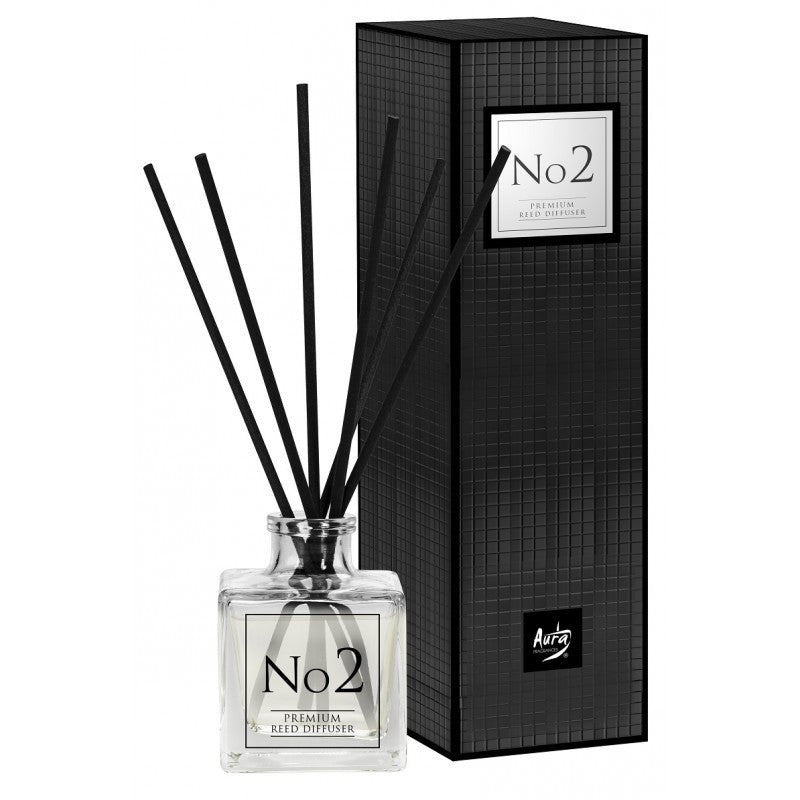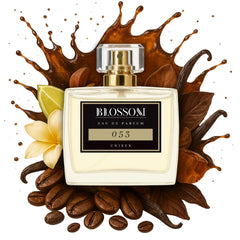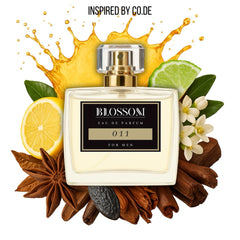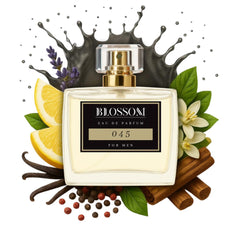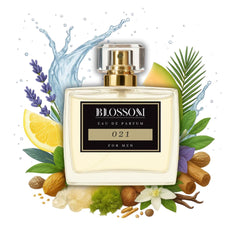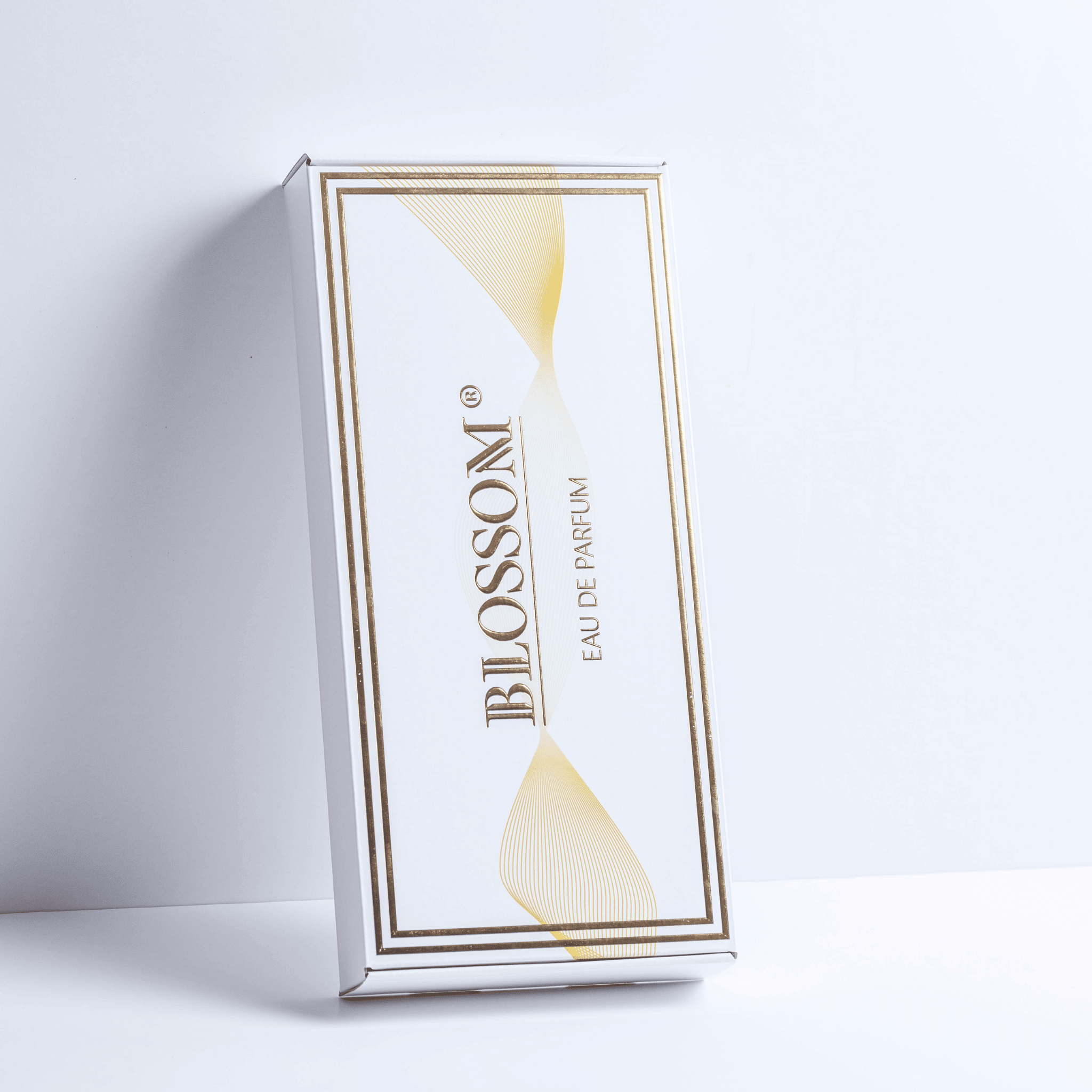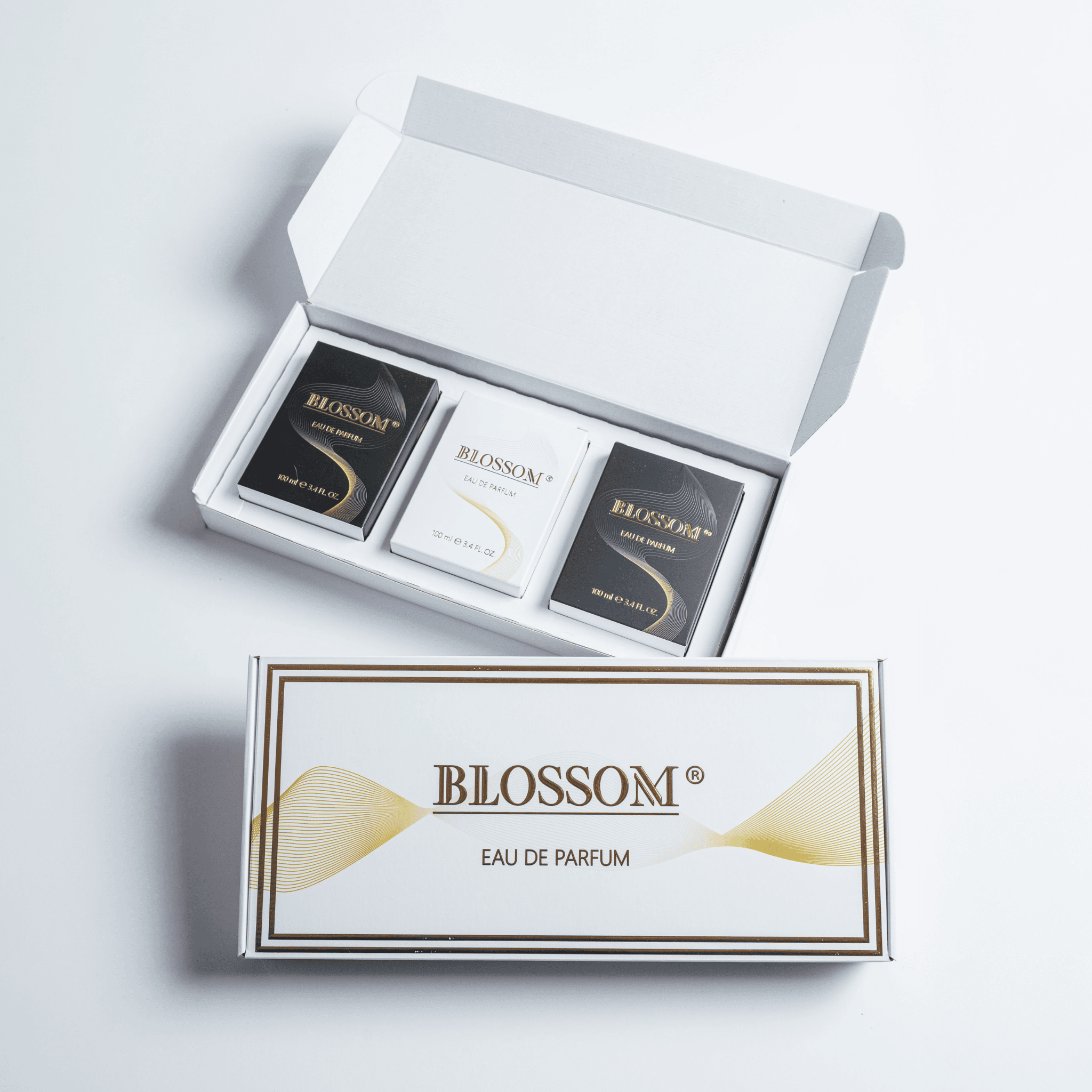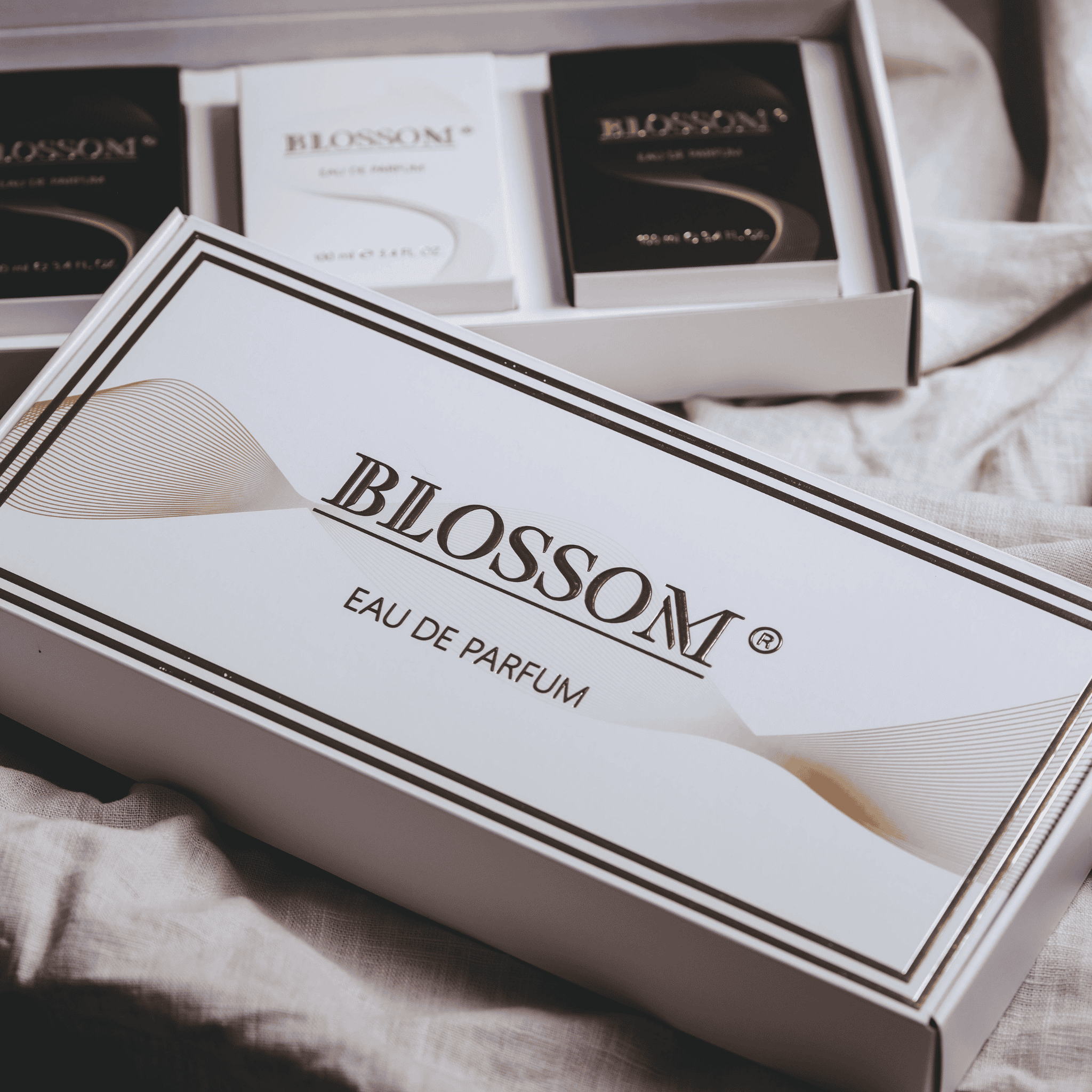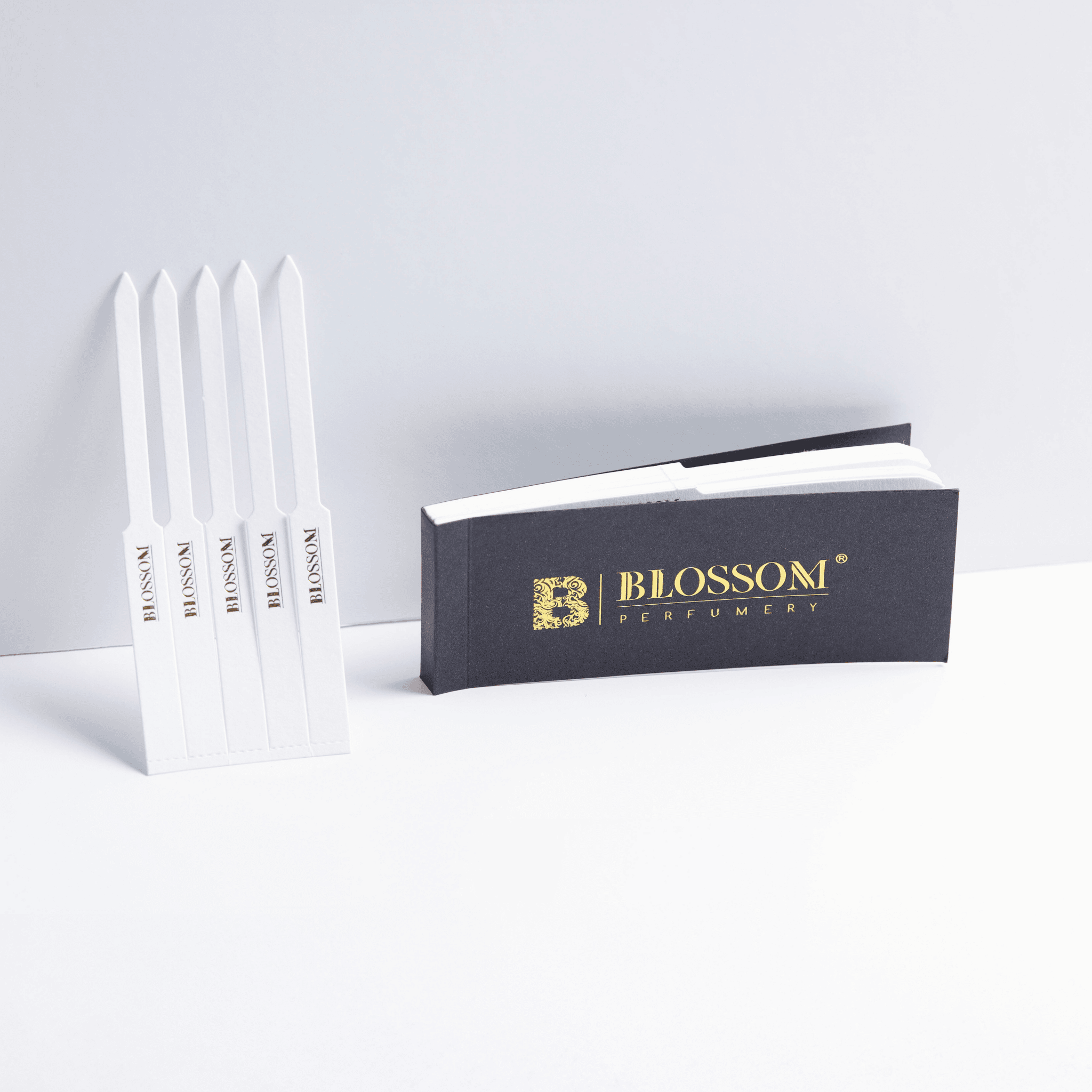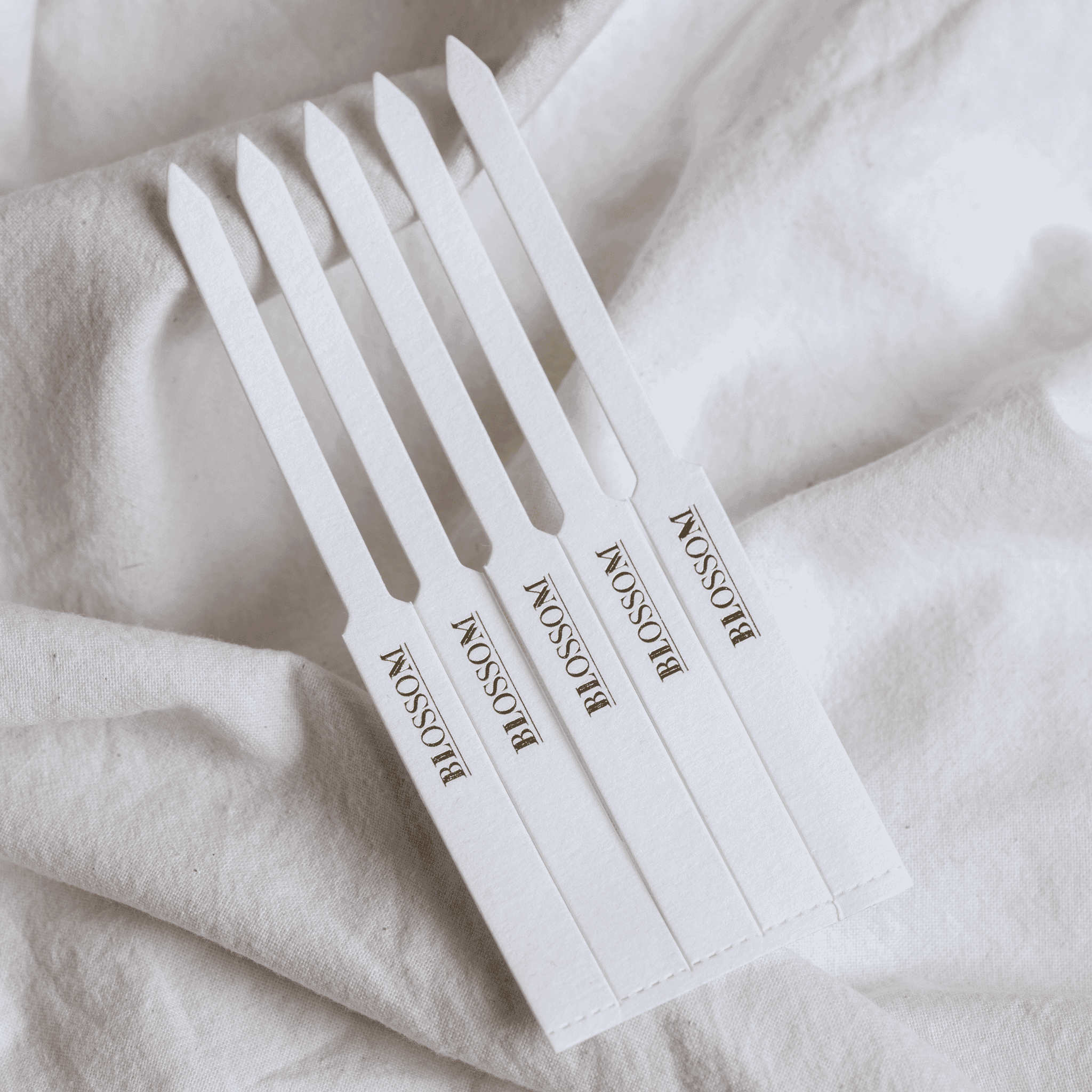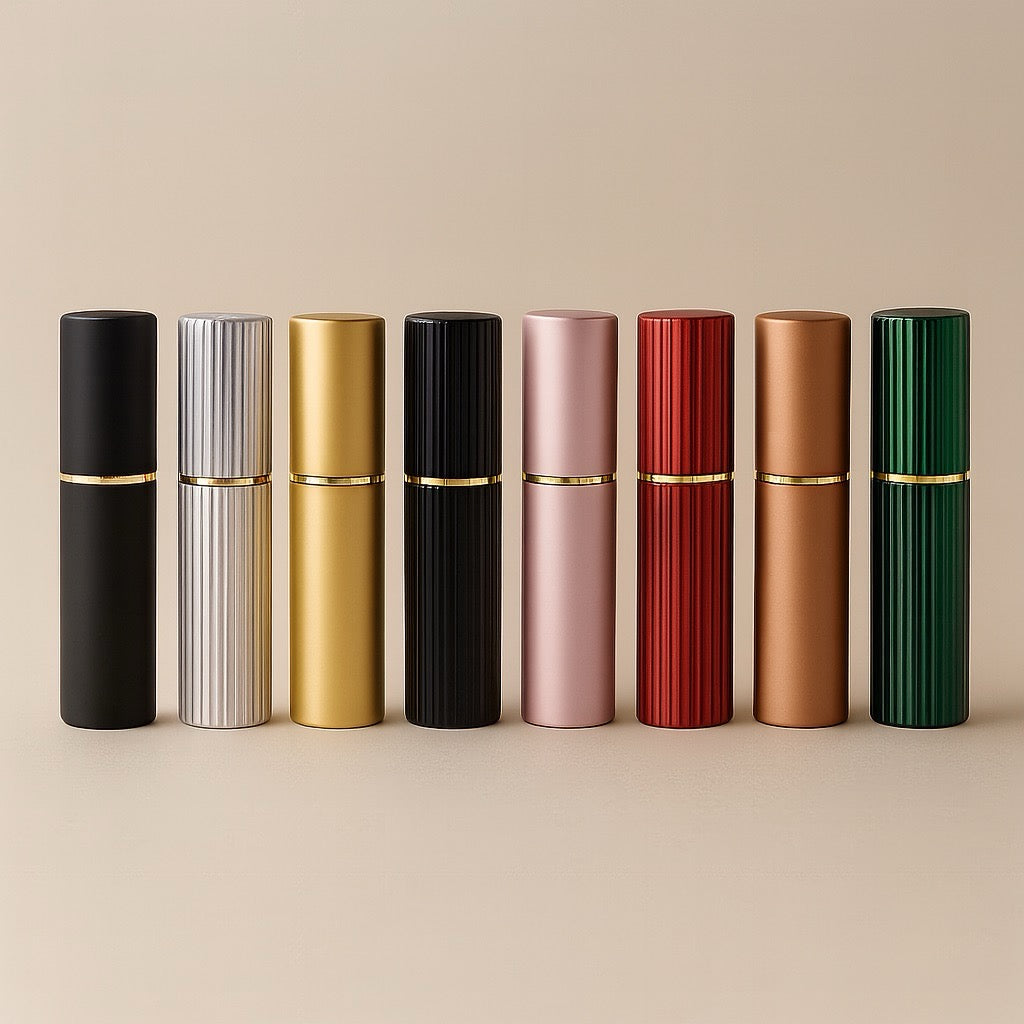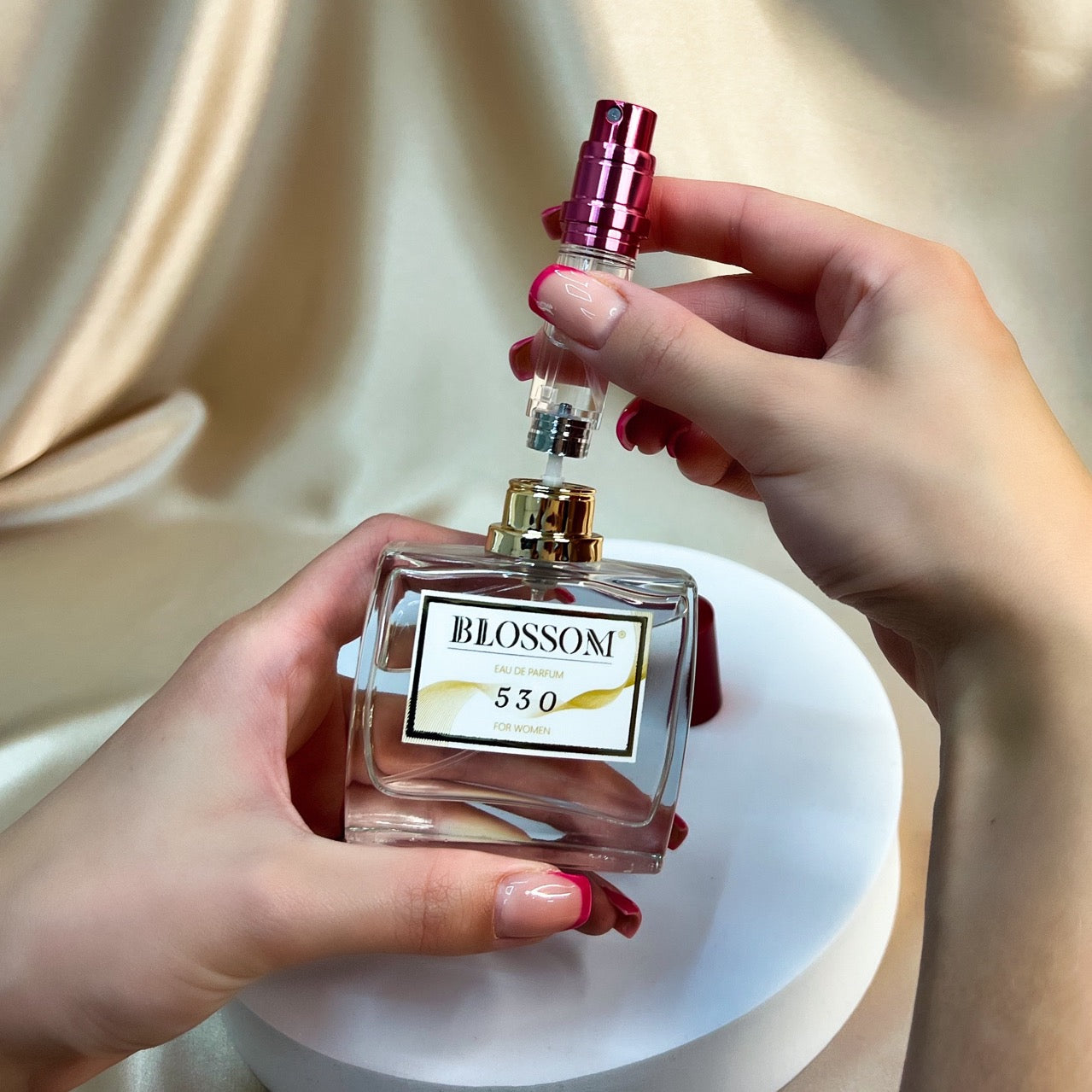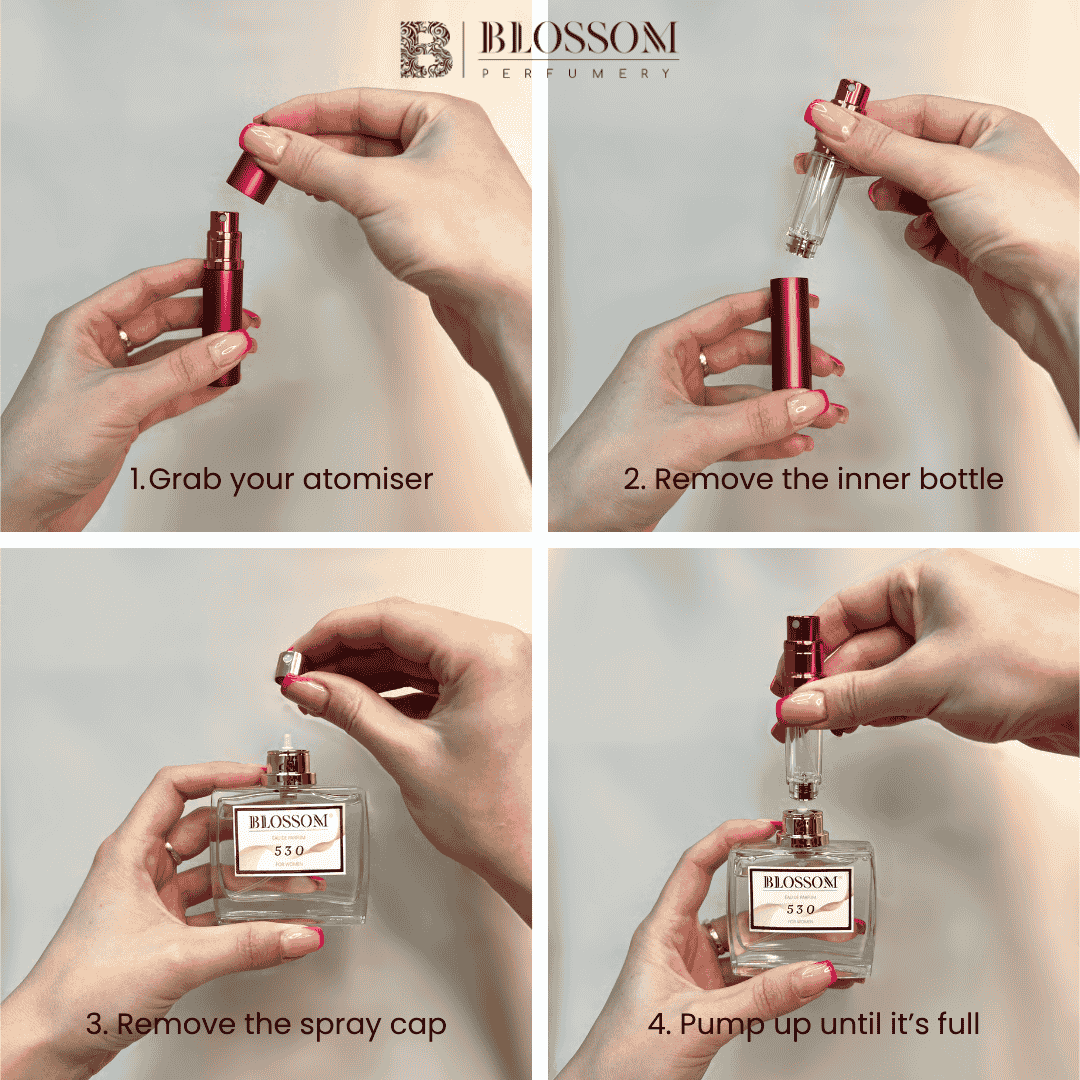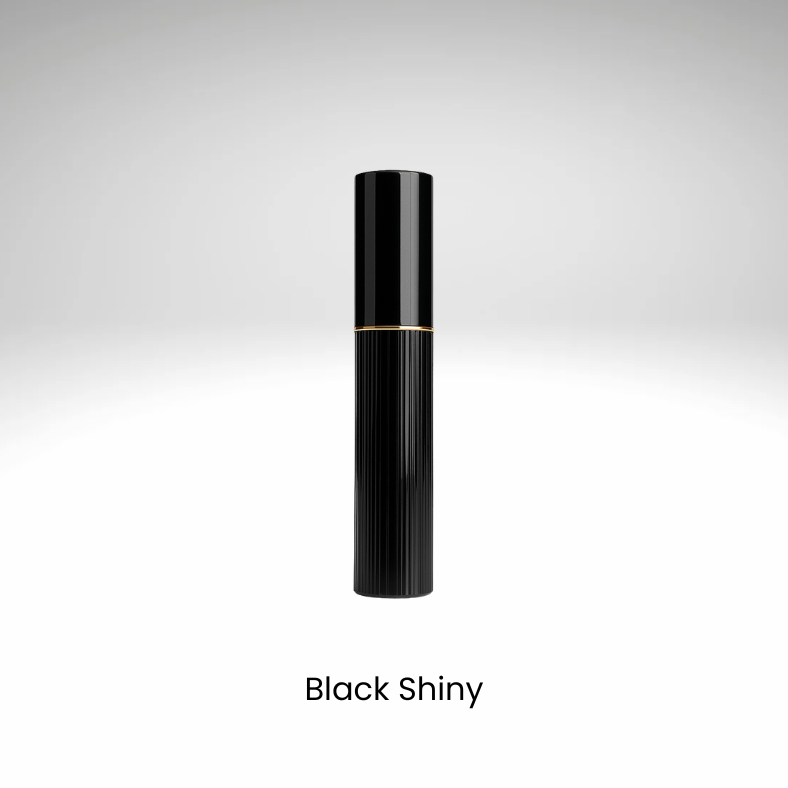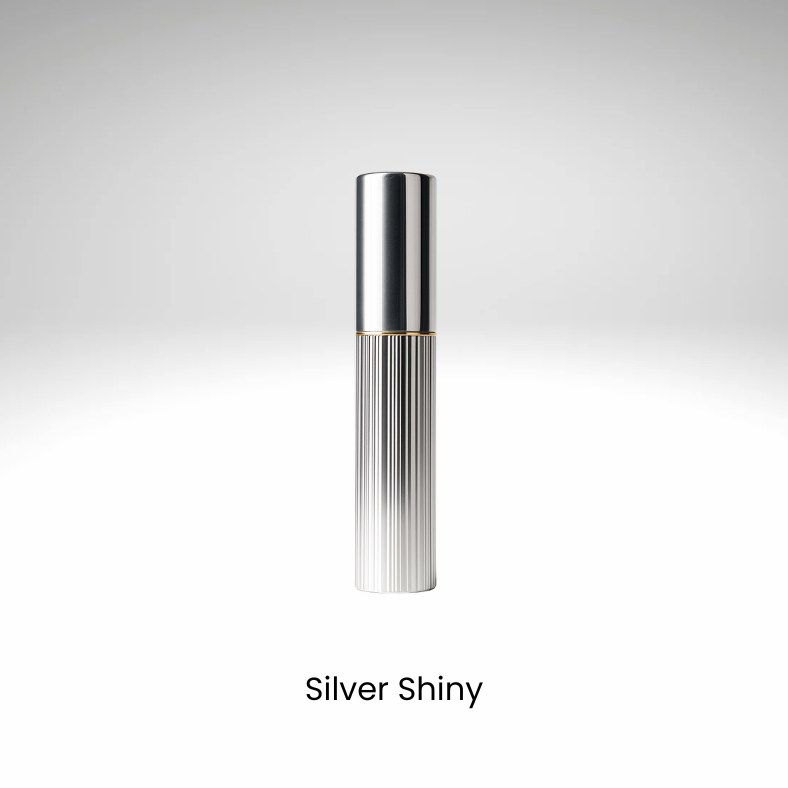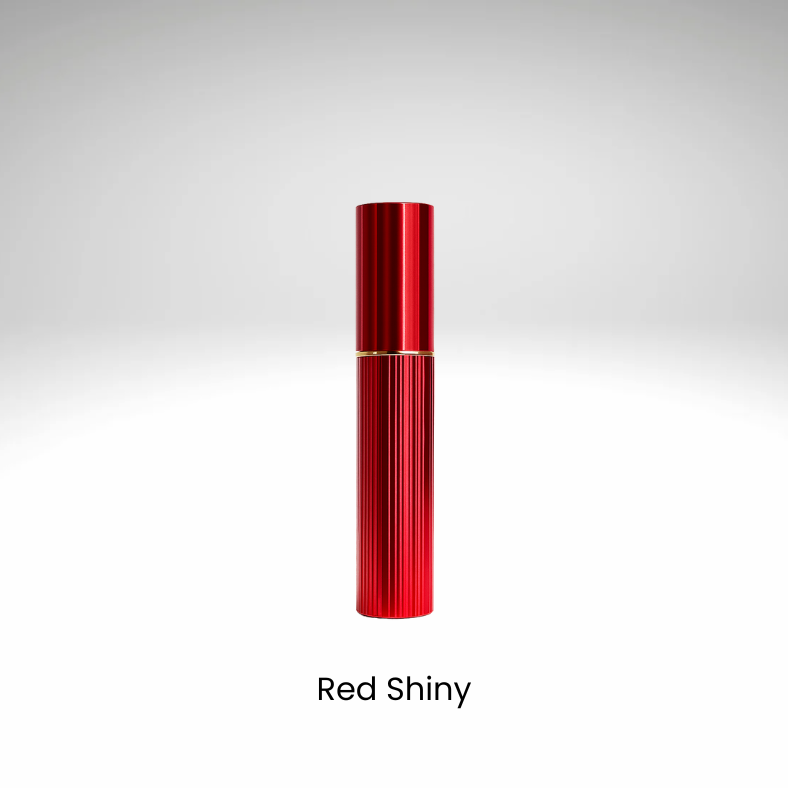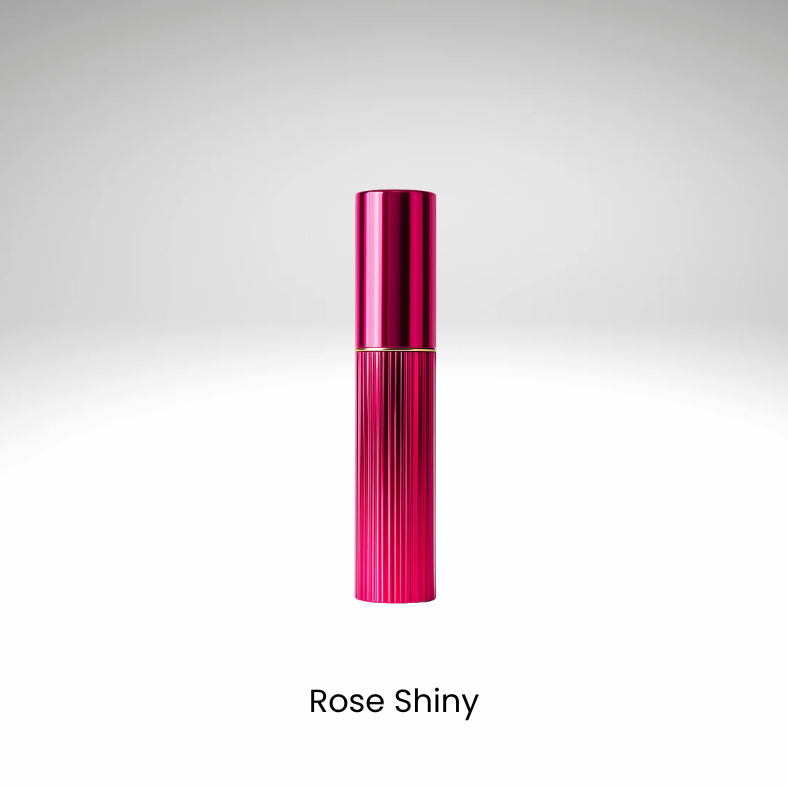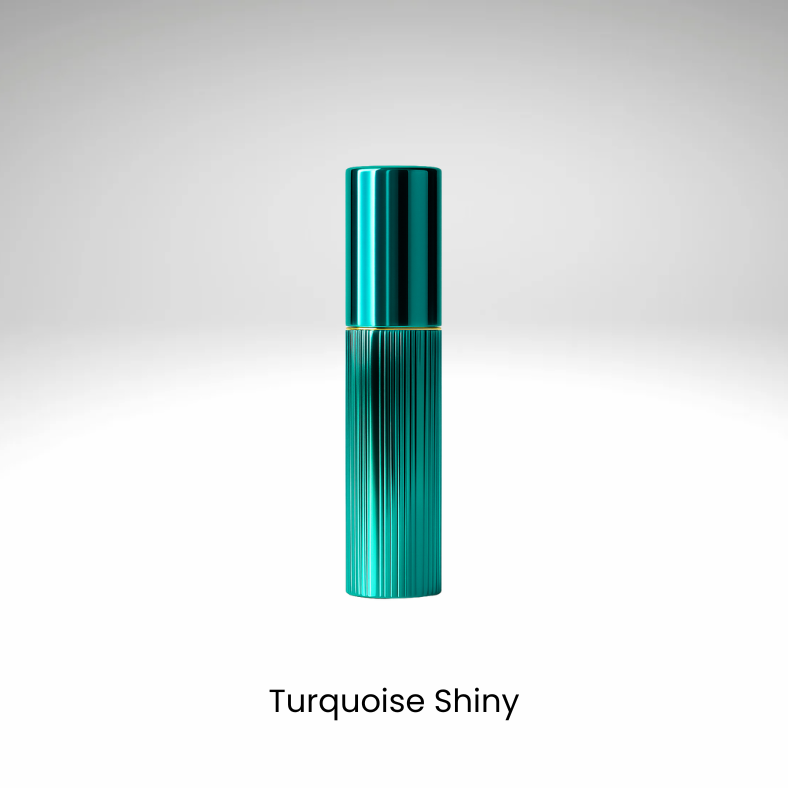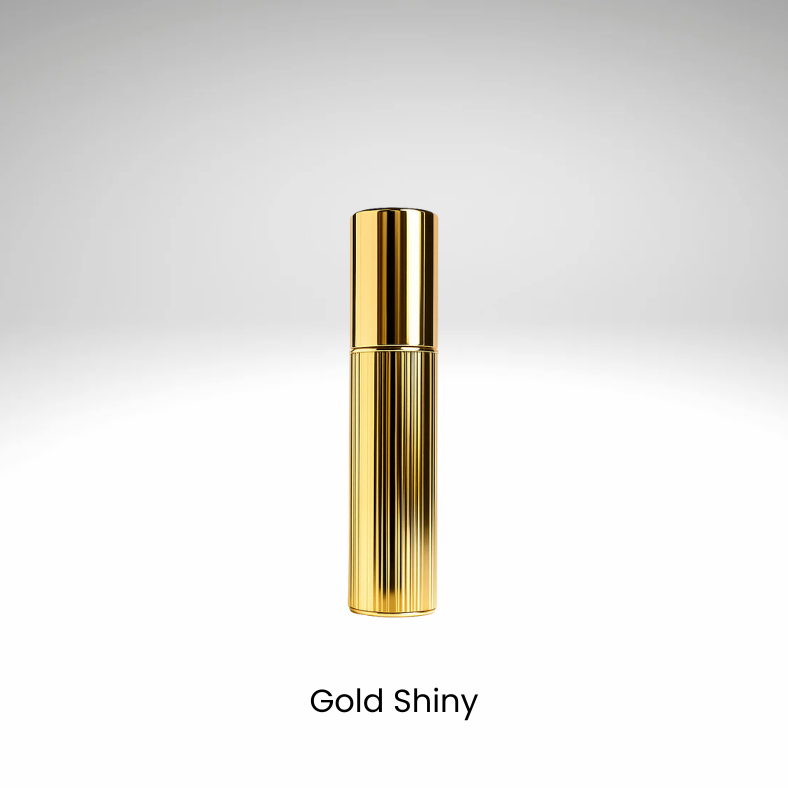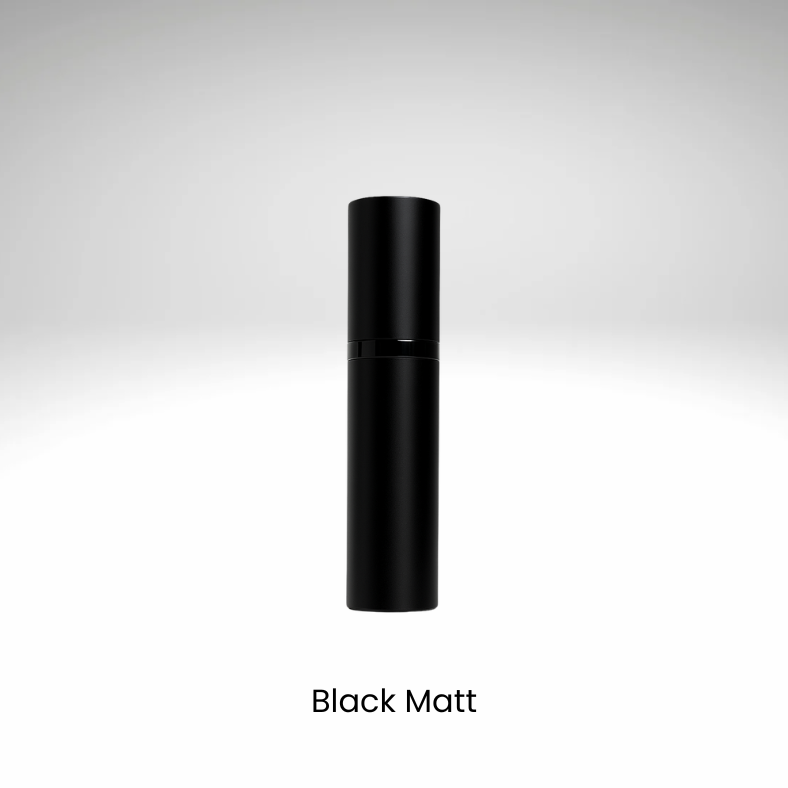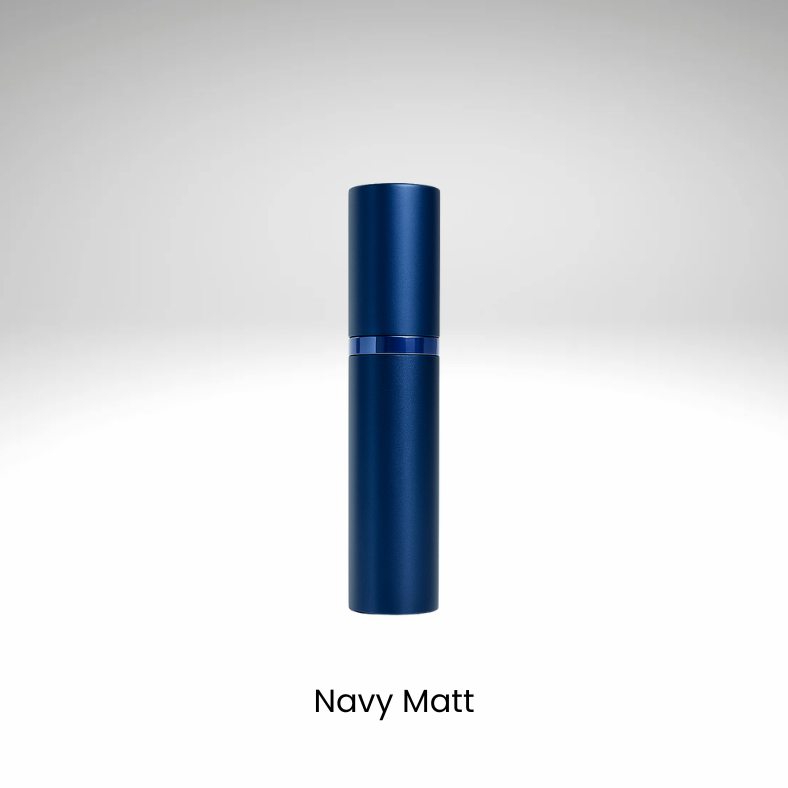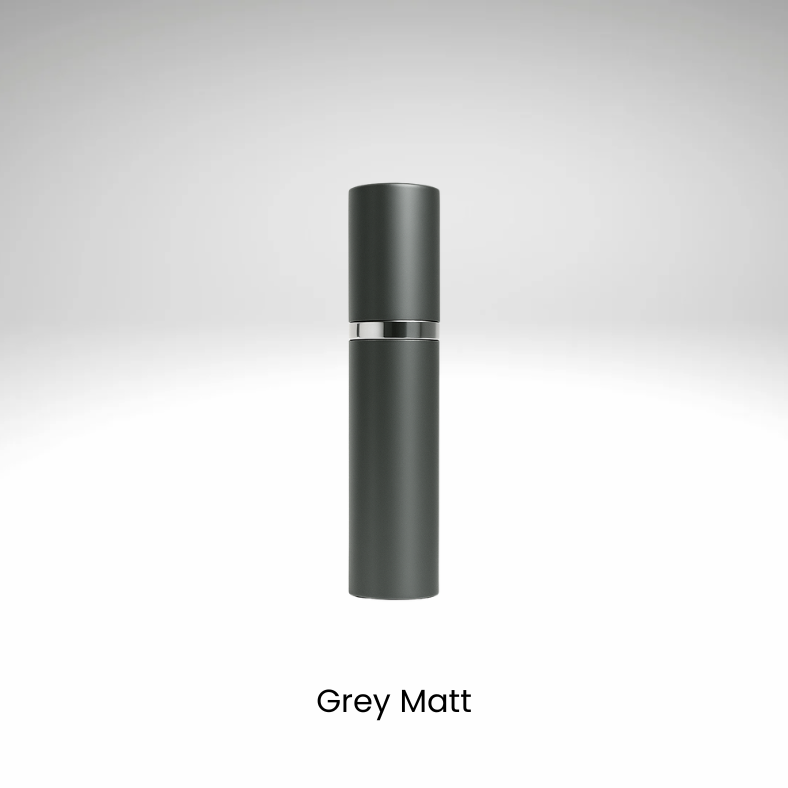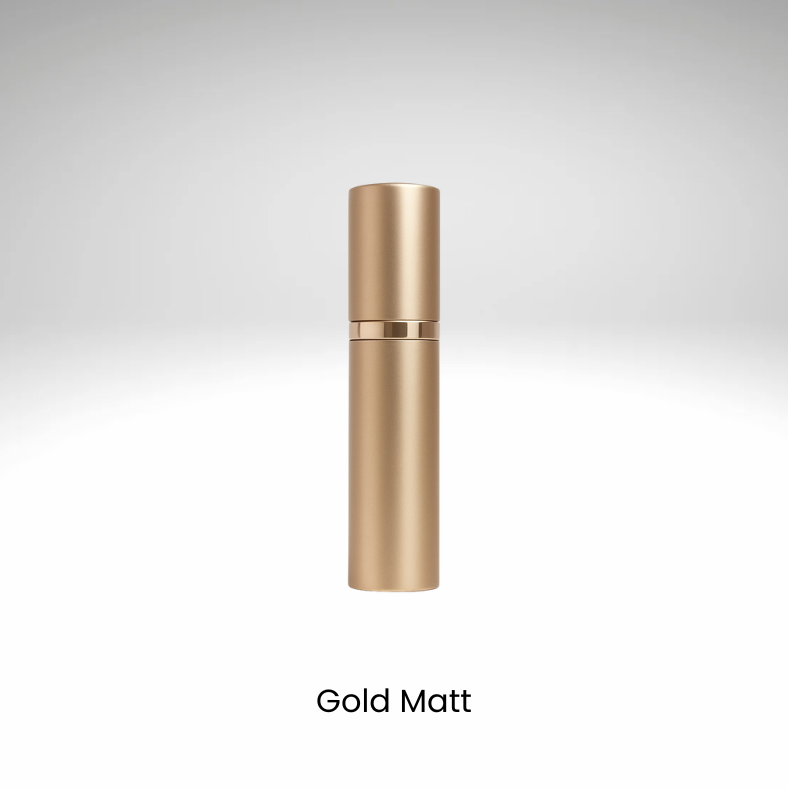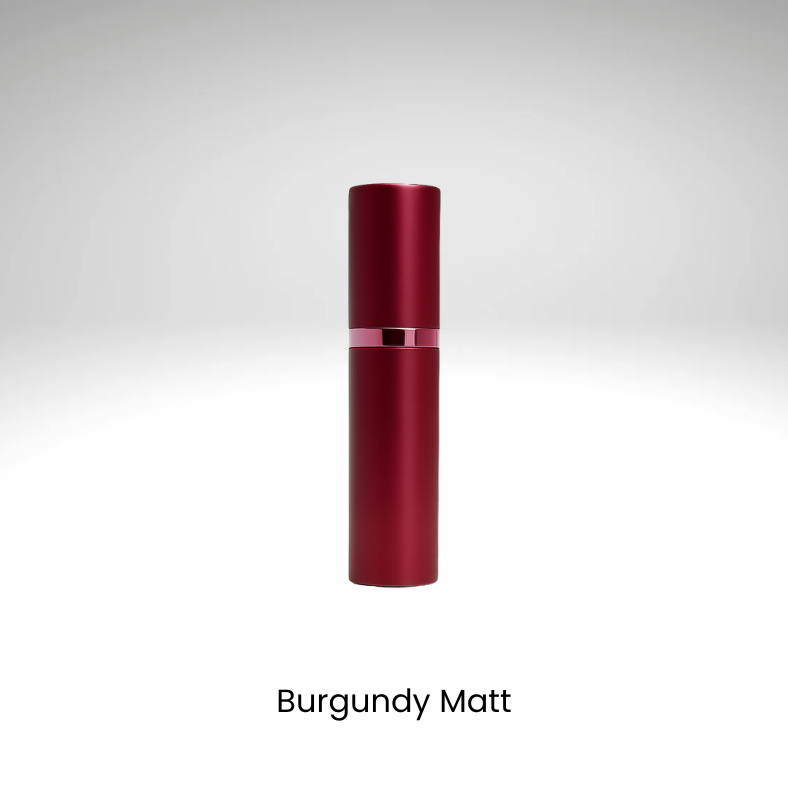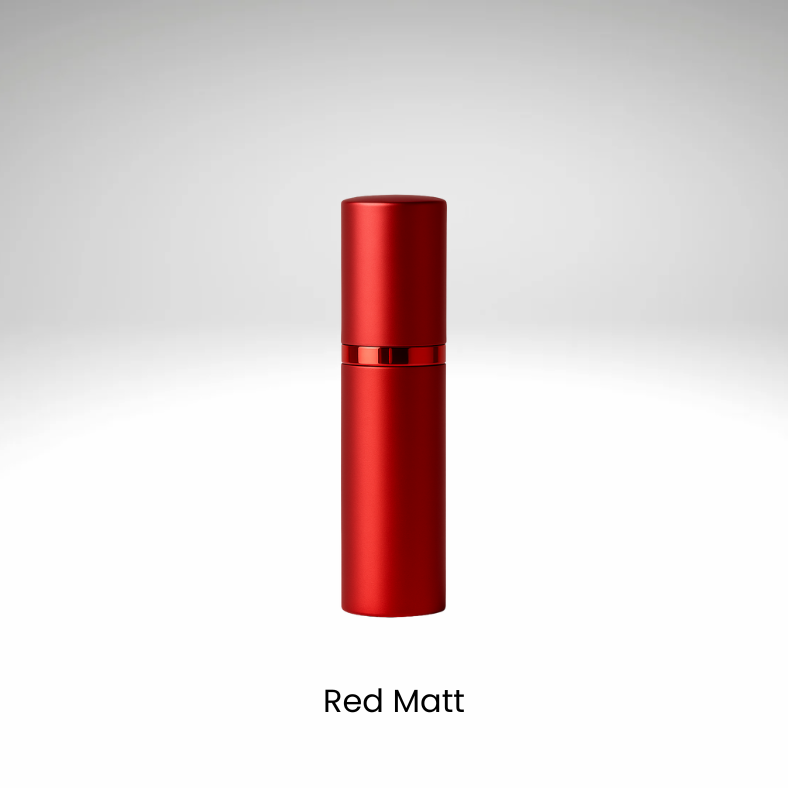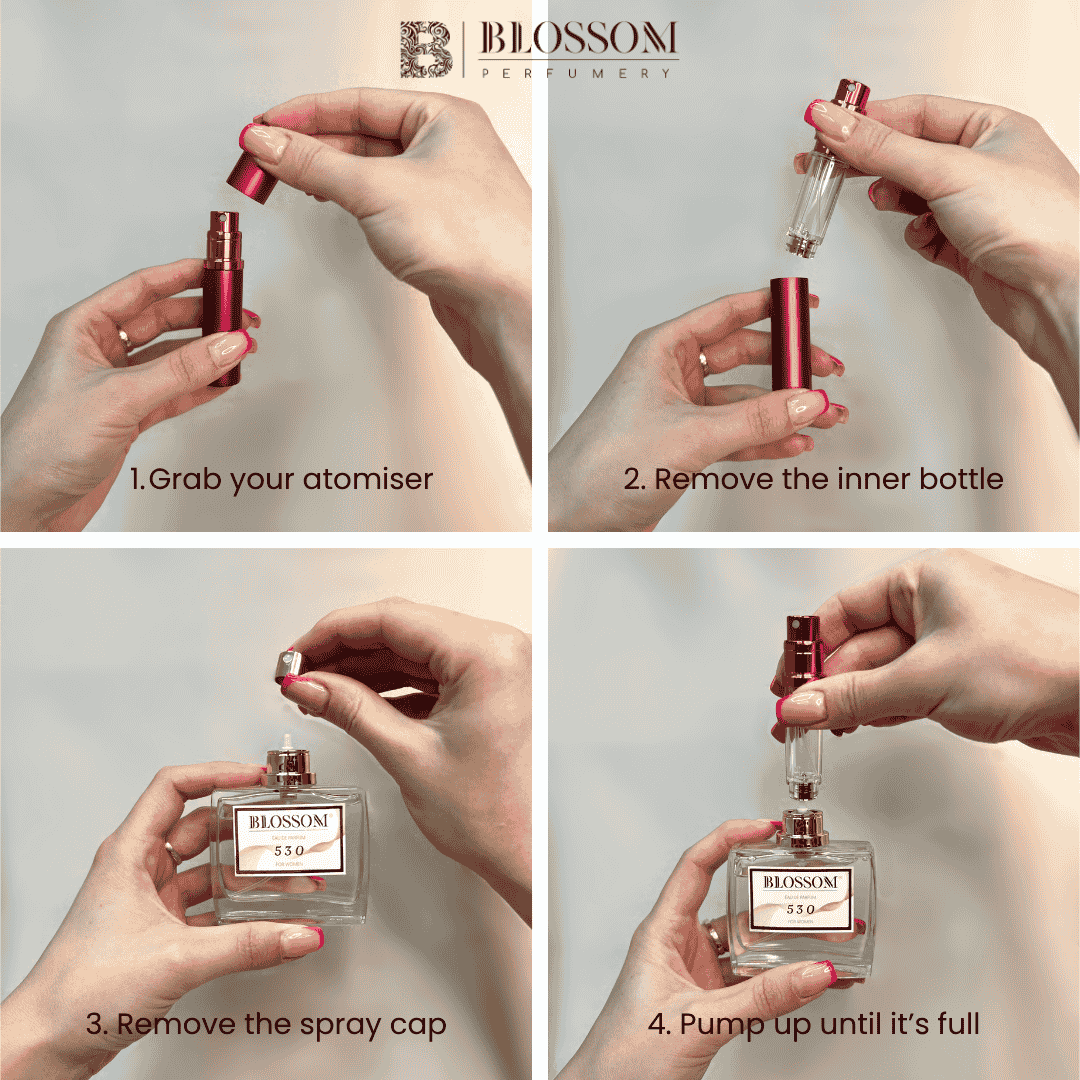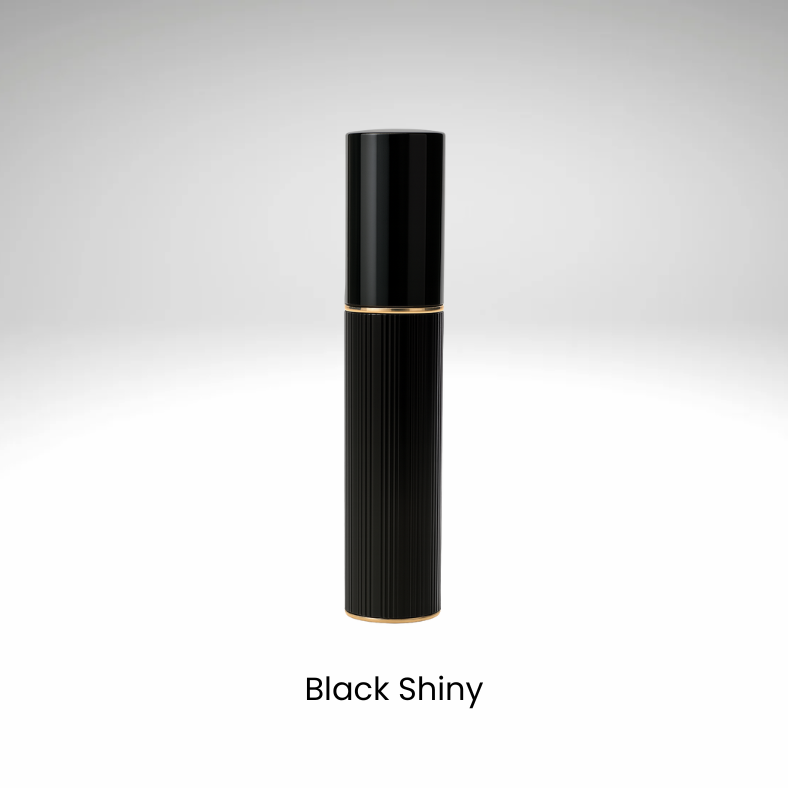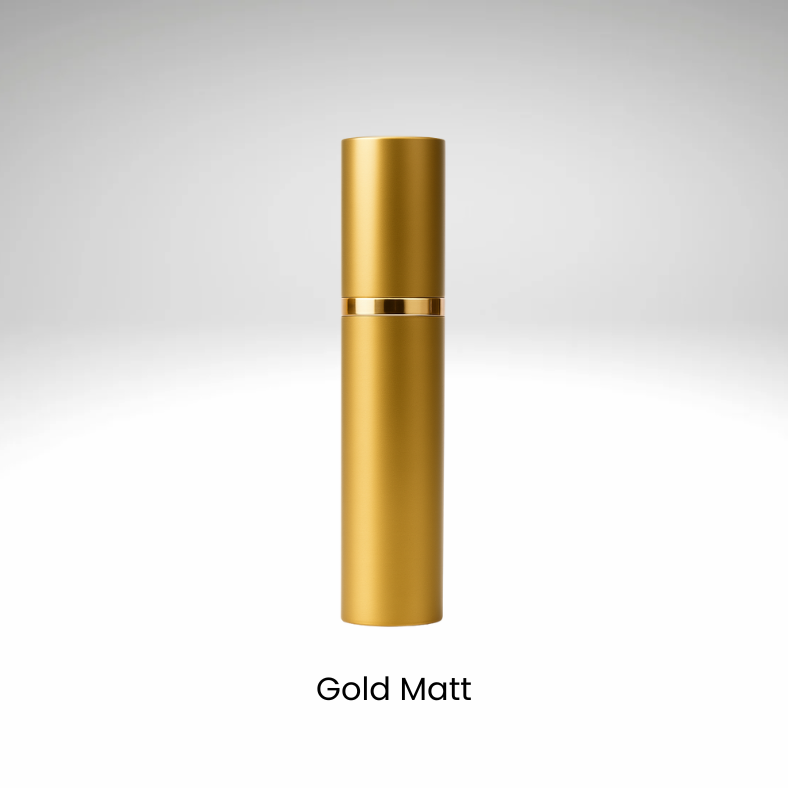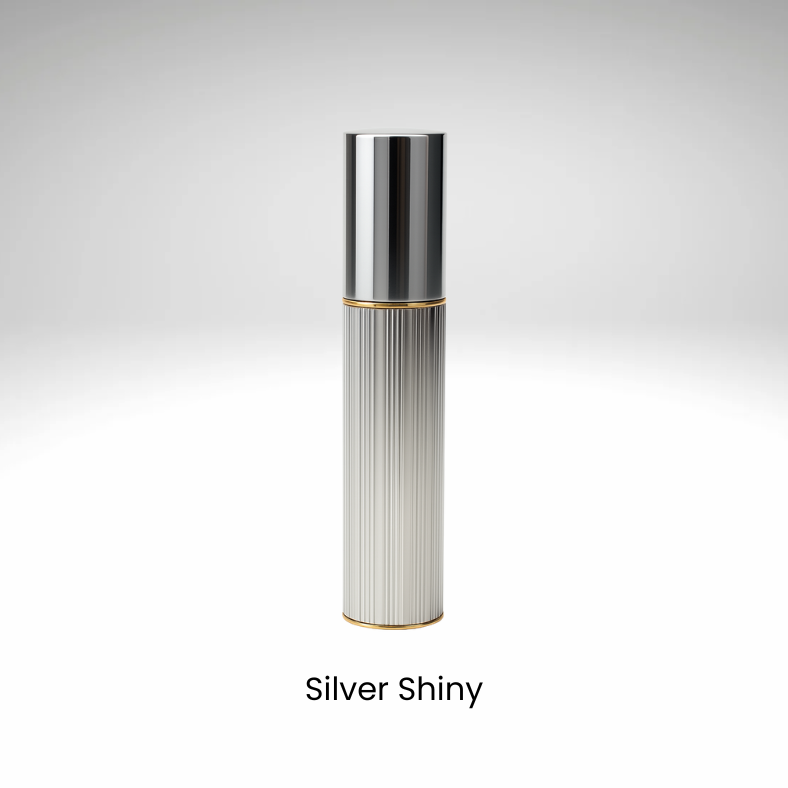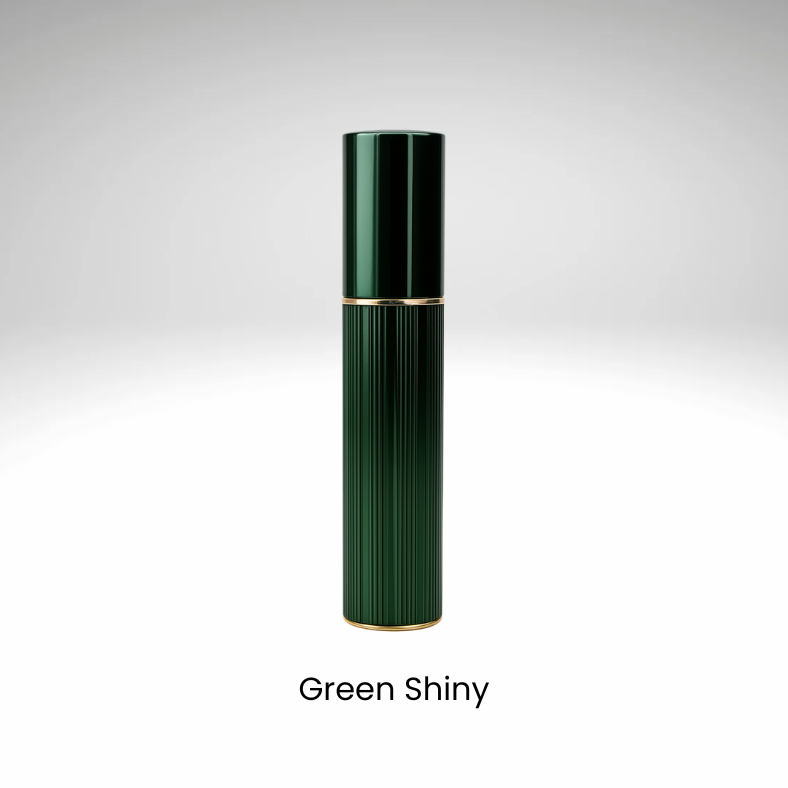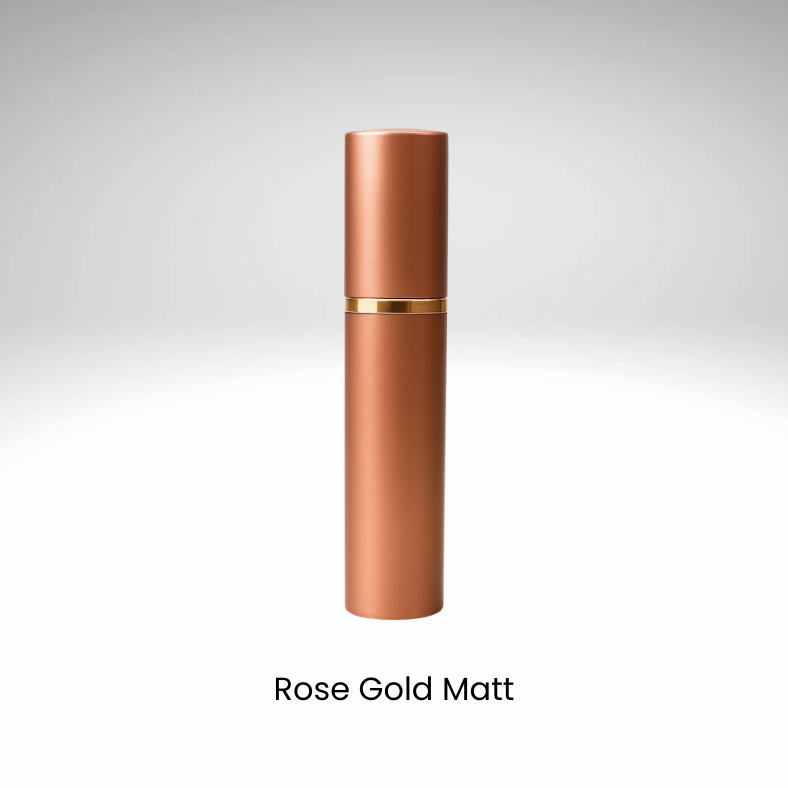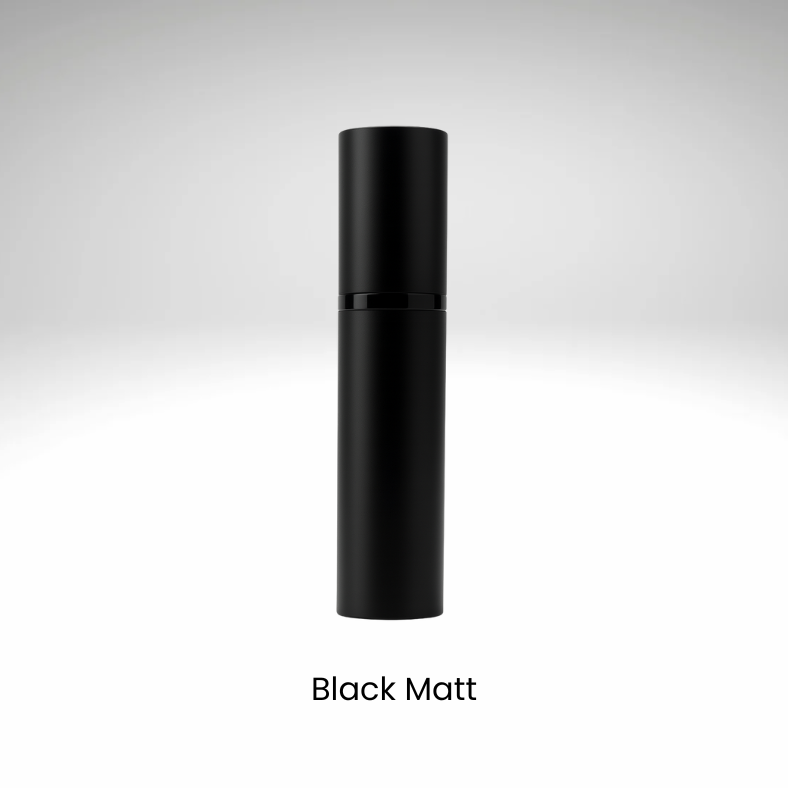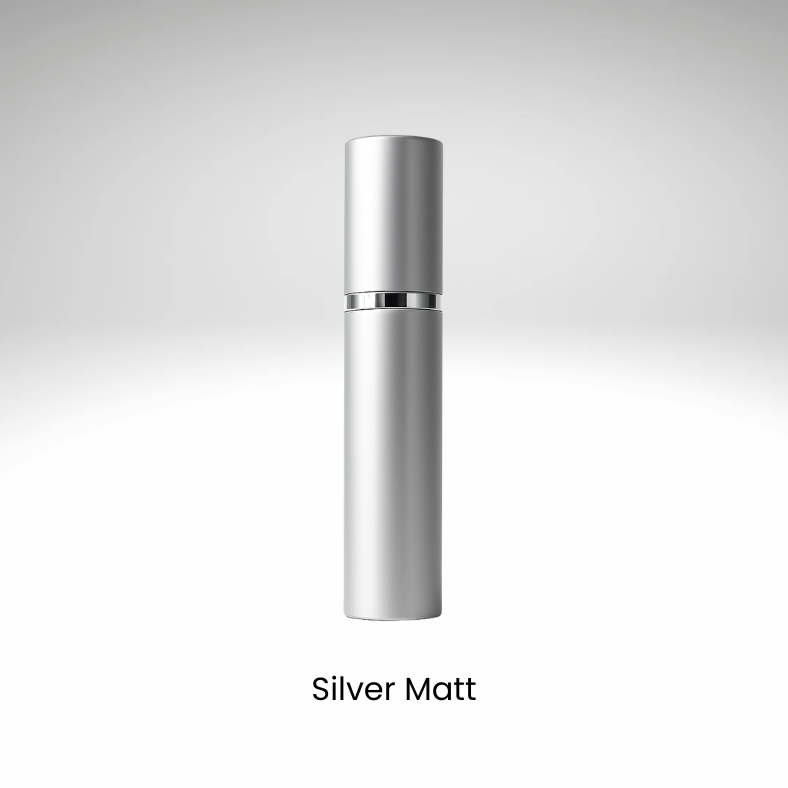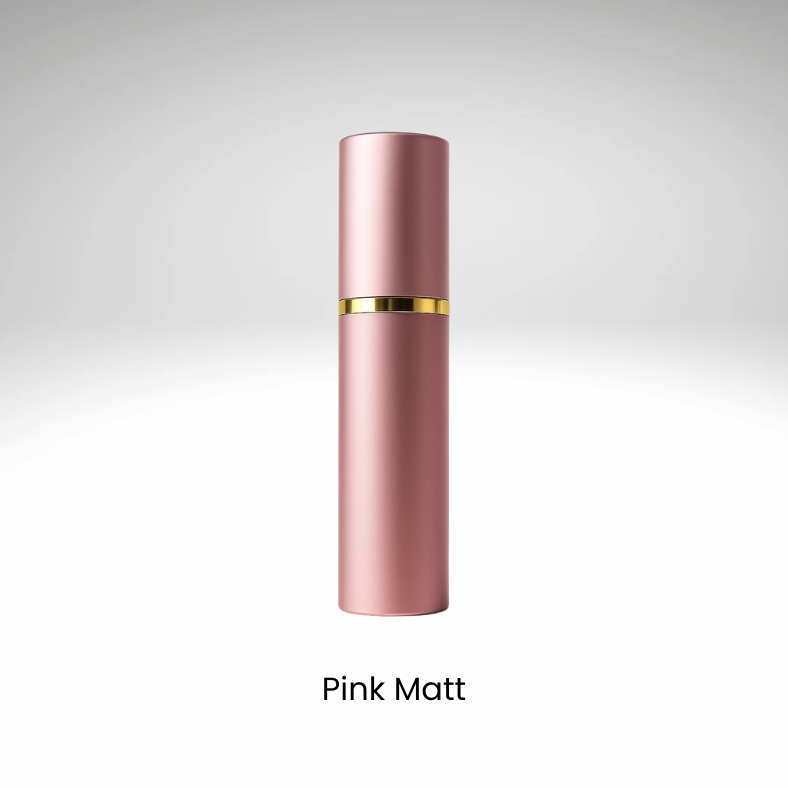Few perfume ingredients have as much mystery and intrigue around them as ambergris. Nicknamed “floating gold”, it has fascinated perfumers, traders, and storytellers for centuries. Found washed up on coastlines or floating in the ocean, ambergris was once one of the most prized (and expensive) raw materials in perfumery.
In this article, we’ll demystify ambergris: what it is, what it smells like, and why it was so valuable in perfume history. We’ll also clear up the amber vs. ambergris confusion, and explain how modern perfumery has replaced this rare whale-derived material with its synthetic twin — ambroxide. And here’s the twist: in this case, the synthetic alternative isn’t a downgrade at all. It’s actually better for ethics, sustainability, and even performance.
What Exactly Is Ambergris?
Ambergris is one of the rarest natural materials ever used in perfumery — and also one of the most misunderstood. Despite its luxurious reputation, its origins are far less glamorous: ambergris is a substance produced in the digestive system of the sperm whale. Over time, it hardens, floats in the ocean, and is shaped (literally and figuratively - its scent profile is completely transformed) by salt water and sunlight before occasionally washing ashore.
The word “occasionally” is key - because of this unusual journey, ambergris has earned nicknames like “floating gold” and “treasure of the sea.” Its rarity and the difficulty of finding it made it worth more than gold throughout much of history. Small lumps discovered on beaches could fetch fortunes, and perfumers guarded their ambergris stocks like jewels.
What truly cemented its value wasn’t just the rarity, but its remarkable effect in perfumery: ambergris works as a fixative, binding other ingredients together and making perfumes last longer on the skin, while adding its own complex, mysterious scent.
What Does Ambergris Smell Like?
Describing the smell of ambergris isn’t simple — and that’s exactly what makes it so fascinating. Unlike ingredients that announce themselves immediately (like rose or vanilla), ambergris has a subtle, layered character.
Freshly found, it can smell marine, animalic and not too pleasant. But once refined, ambergris develops a warm, smooth, almost addictive quality. Perfumers describe it as musky, sweet, salty, and faintly woody, with a soft animal warmth that gives incredible depth to a fragrance.
Its real magic, however, lies in its role as a fixative - an ingredient that levels out the volatilities of different ingredients in perfume oil, extending the perfume’s longevity. Ambergris doesn’t just add its own character; it enhances other notes, making florals more radiant, woods more velvety, and orientals more sensual.
This combination of rarity, complexity, and technical usefulness is why ambergris was historically one of the most valuable ingredients in perfumery.

Are Amber and Ambergris the Same?
No, far from it — amber and ambergris are completely different. The confusion comes from their similar names and the fact that both are associated with warm, rich scents in perfumery. But their origins couldn’t be further apart.
In perfumery, amber is a “fantasy accord”— a blend of ingredients like vanilla, labdanum, and benzoin, designed to smell sweet, resinous, and warm. Real amber - the fossilised resin - has a faint, very light smell, reminiscent of the scent of moss or coniferous trees.
Ambergris, on the other hand, is a rare substance from sperm whales, aged by the sea, with musky, marine, and slightly sweet qualities. Its name is actually related to amber (having come from the Old French “ambre gris” - grey amber, given that it was found on shores along with rosin amber.
So when you see amber listed in a perfume, it usually refers to the amber accord, not actual ambergris. And when you see ambergris today, it’s almost always a synthetic recreation (ambroxide).
Read more: Unveiling the Scent of Amber: A Journey Through Its Aromatic Essence – Blossom Perfumery
The Modern Alternative: Ambroxide (Ambroxan)
Indeed, you’d be hard-pressed to find a perfume containing real ambergris nowadays. As natural ambergris became harder to source with the decline of whaling — and its animal origins increasingly controversial — perfumers turned to science for a solution. The result was ambroxide, also known under the brand name Ambroxan.
Ambroxide is a synthetic compound that captures the most valuable part of ambergris’s scent: its smooth, musky, slightly woody depth with a touch of warmth that comes from ambrein, the key constituent of ambergris. In modern perfumery, it has become one of the most important aroma molecules, used both as a fixative and as a central note in its own right.
You’ve probably smelled ambroxide without even realising it. It’s the backbone of many popular perfumes, from fresh, modern masculines like No. 073 Inspired by Dior Sauvage, to minimalist creations like No. 566 Inspired by Not a Perfume, which is composed of a single ingredient - an ambroxide derivative named Cetalox. Its versatility makes it equally at home in designer blockbusters and niche, experimental blends.
What makes ambroxide so appealing is that it delivers the complexity and longevity of ambergris, but with none of the downsides: no reliance on scarce ocean finds, no animal sourcing, no inconsistent quality. Just a reliable, elegant, and ethically sound ingredient.

Why Certain Synthetic Perfume Ingredients Can Be (Objectively) Better?
Just as modern perfumery replaced animal musk with muscone and other synthetic musks, ambroxide gives us the magic of ambergris in a way that’s responsible, safe, and future-proof.
-
Ethical production - no animal involvement, no questionable sourcing.
-
Sustainability - once the chemical process to obtain ambroxide was fully understood, it allowed for consistent, renewable production without depending on rare ocean finds.
-
Reliability - industrially-produced ambroxide is of the same quality every time, unlike natural ambergris, which varies wildly. This is important for perfume lovers, who often frown at reformulations and changes in perfume batches.
-
Accessibility - this point is obvious: anyone can experience the beauty of ambergris’s scent without the astronomical price tag.
Conclusion: The Allure of Ambergris Lives On
Ambergris has always carried an air of mystery — from its strange origins in the sea to its role as one of the most precious materials in perfume history. Its musky, warm, and slightly marine scent helped shape some of the greatest fragrances ever made, and its reputation as “floating gold” is well deserved.
But modern perfumery has moved on, and for good reason. With the creation of ambroxide, we now have an ingredient that captures ambergris’s magic while being ethical, sustainable, and reliable. Today, when you see ambergris listed in a fragrance, it almost always refers to this synthetic interpretation — and that’s a very good thing.
So, is ambergris and ambroxide the same thing? No, if you're a purist. But thanks to innovation, the spirit of ambergris still thrives in contemporary perfumes, giving us that same velvety depth and longevity — without compromise.
Curious about the stories and specifics of perfume ingredients? Check out our other blog posts:
-
Unveiling the Scent of Amber: A Journey Through Its Aromatic Essence
-
Discover the Allure of Oud: The Essence of Luxury in Perfume
-
The allure of natural ingredients: how botanicals enhance your favourite scents
Take a look at our fragrance collection and find your new favourite - with ambroxide, or not!
Women’s Perfumes | Men’s Perfumes | Unisex Perfumes | Home Range - Reed Diffusers

